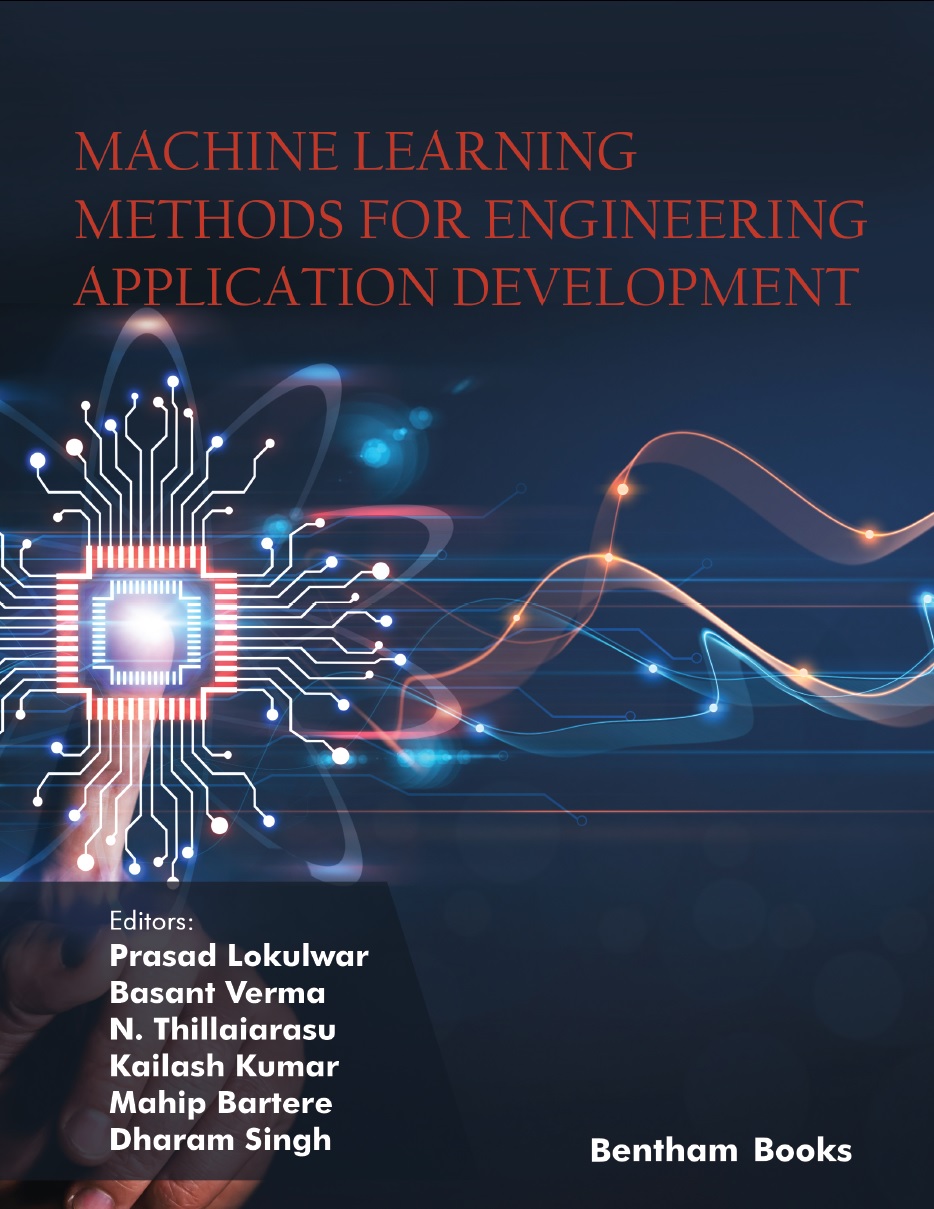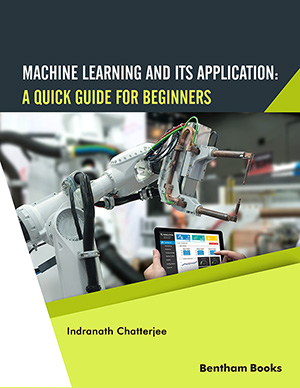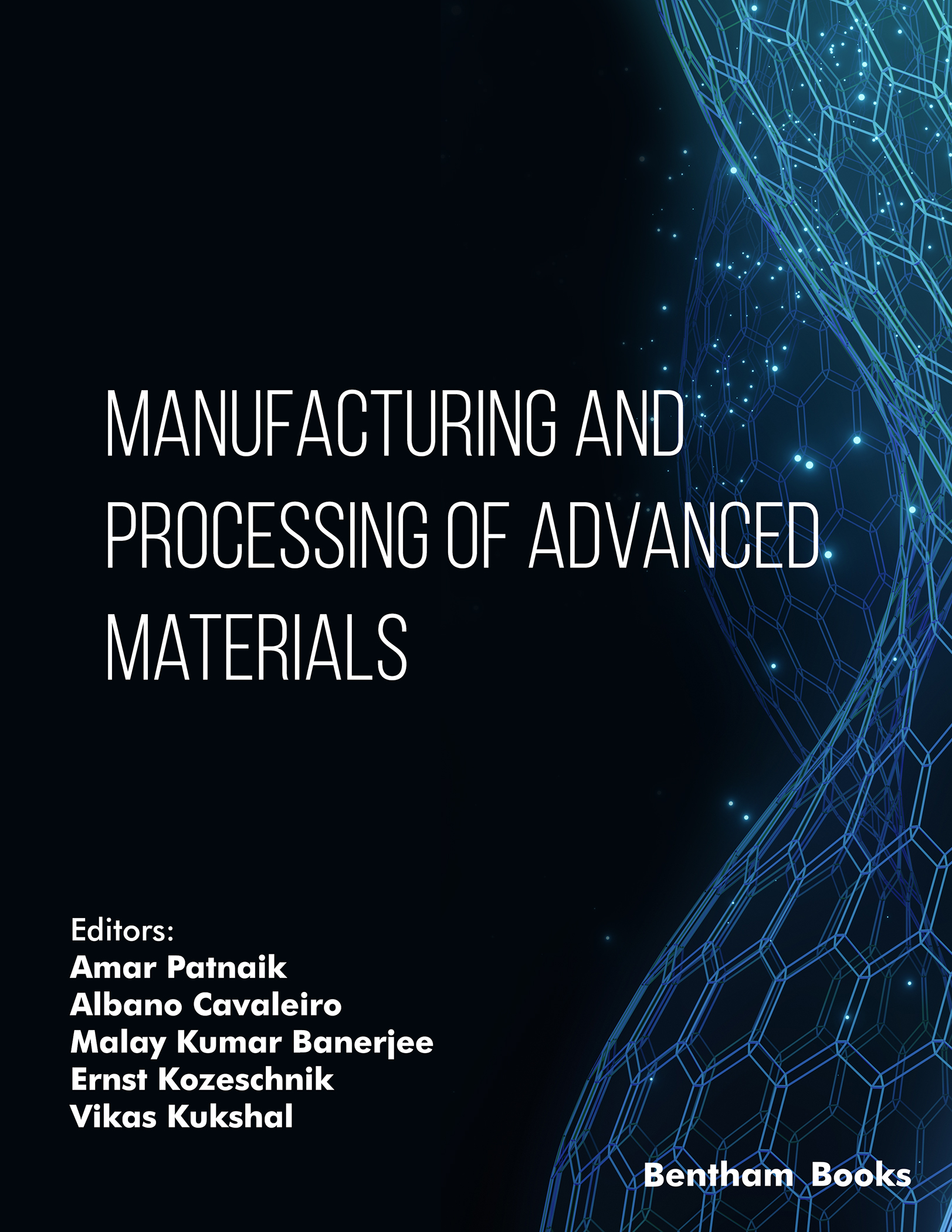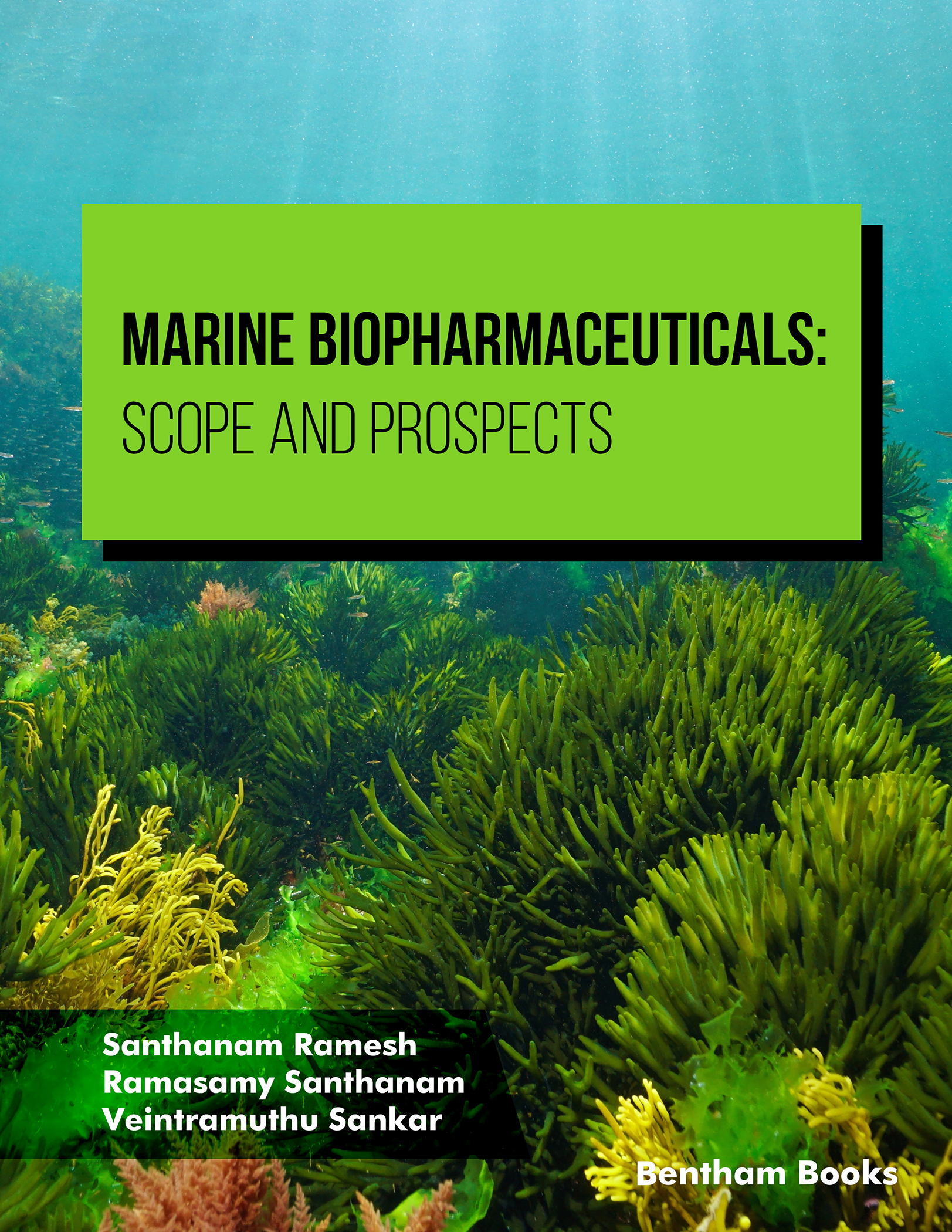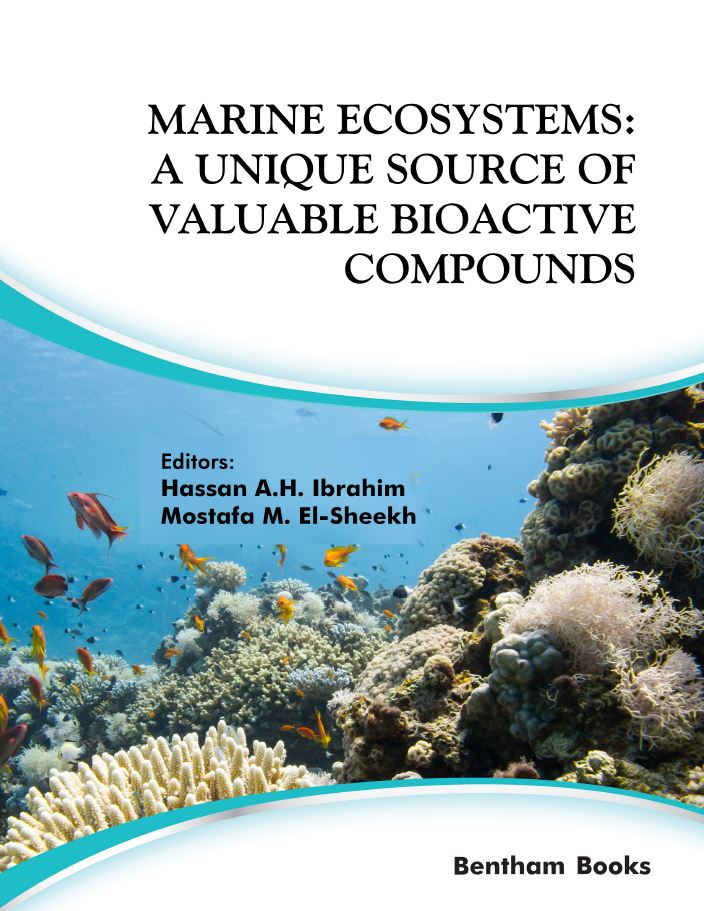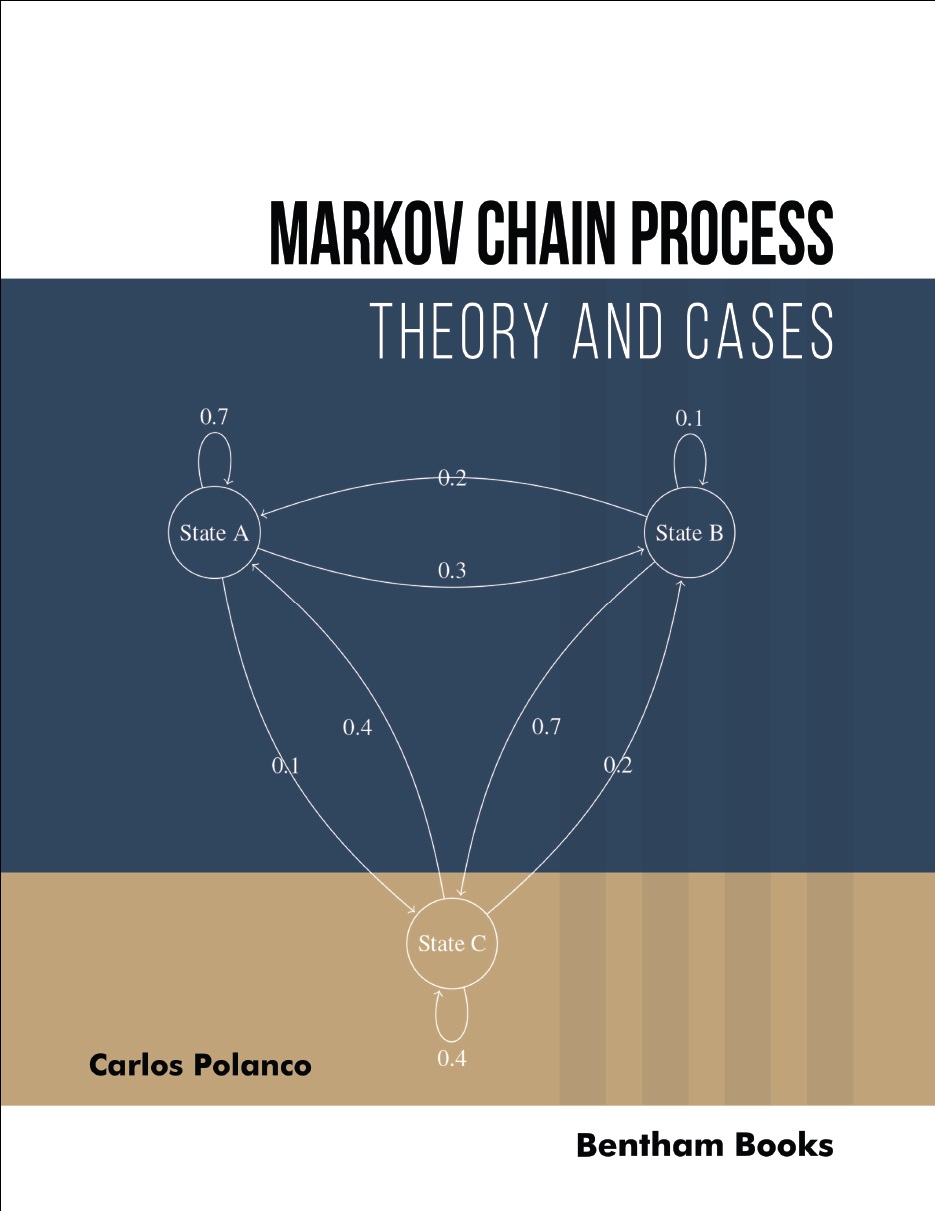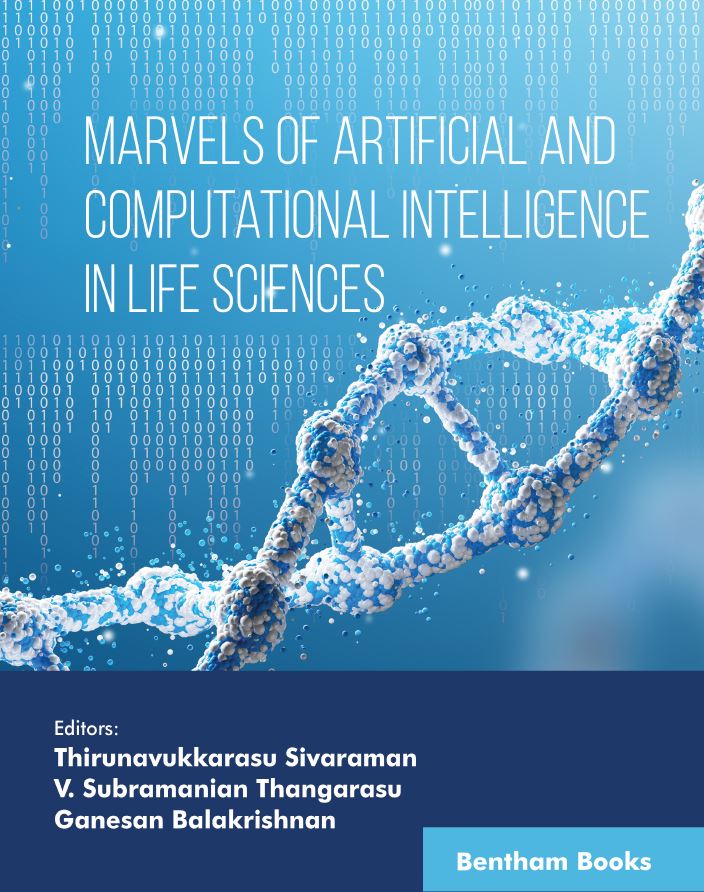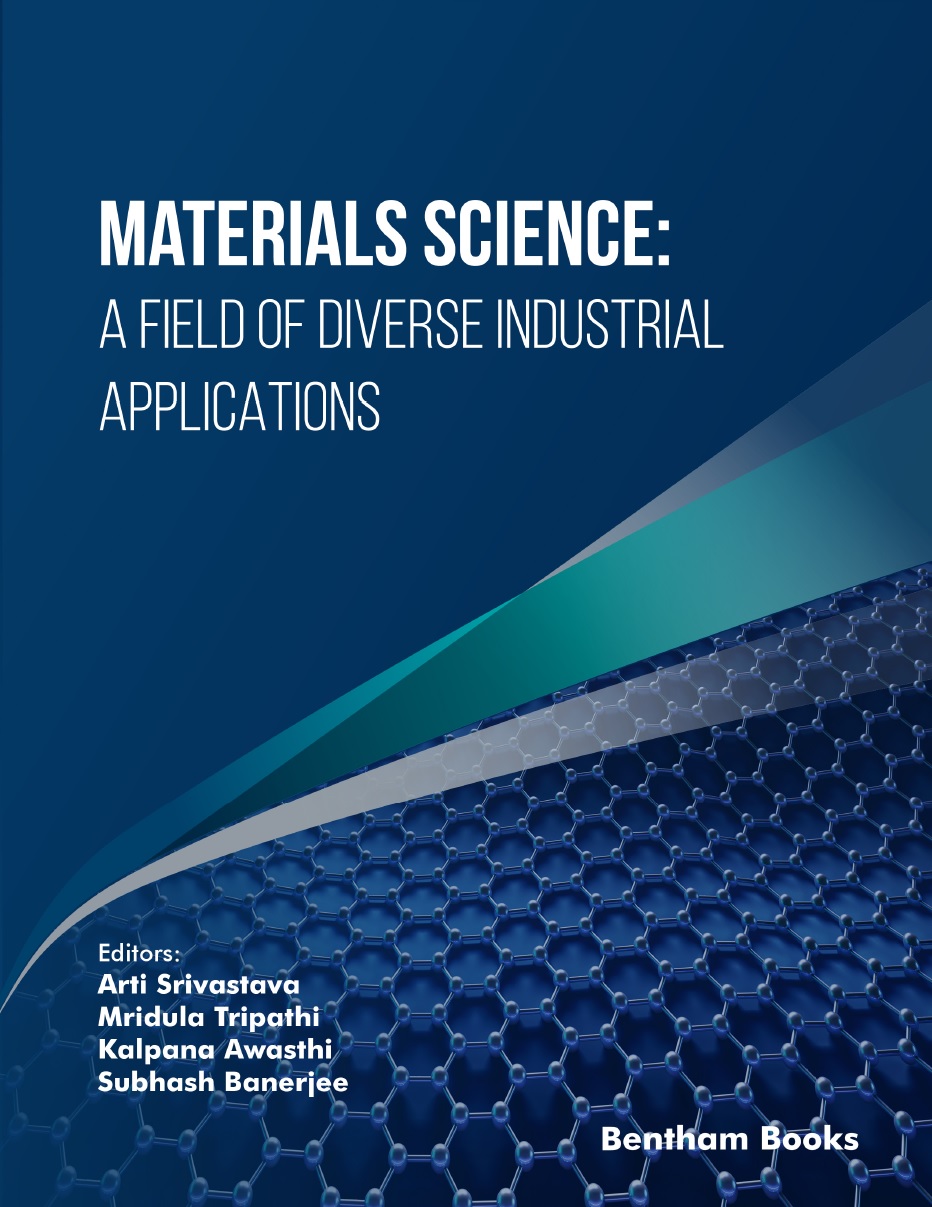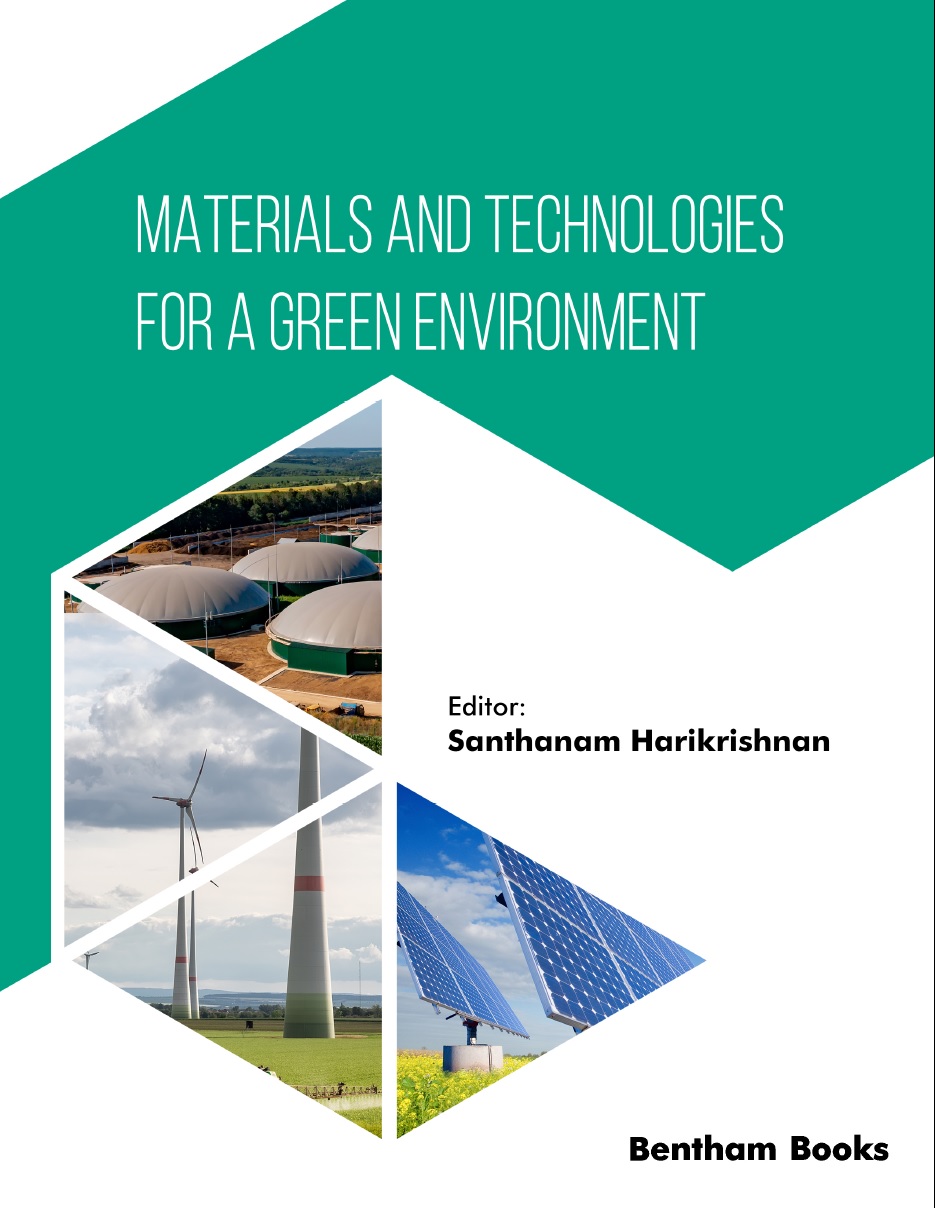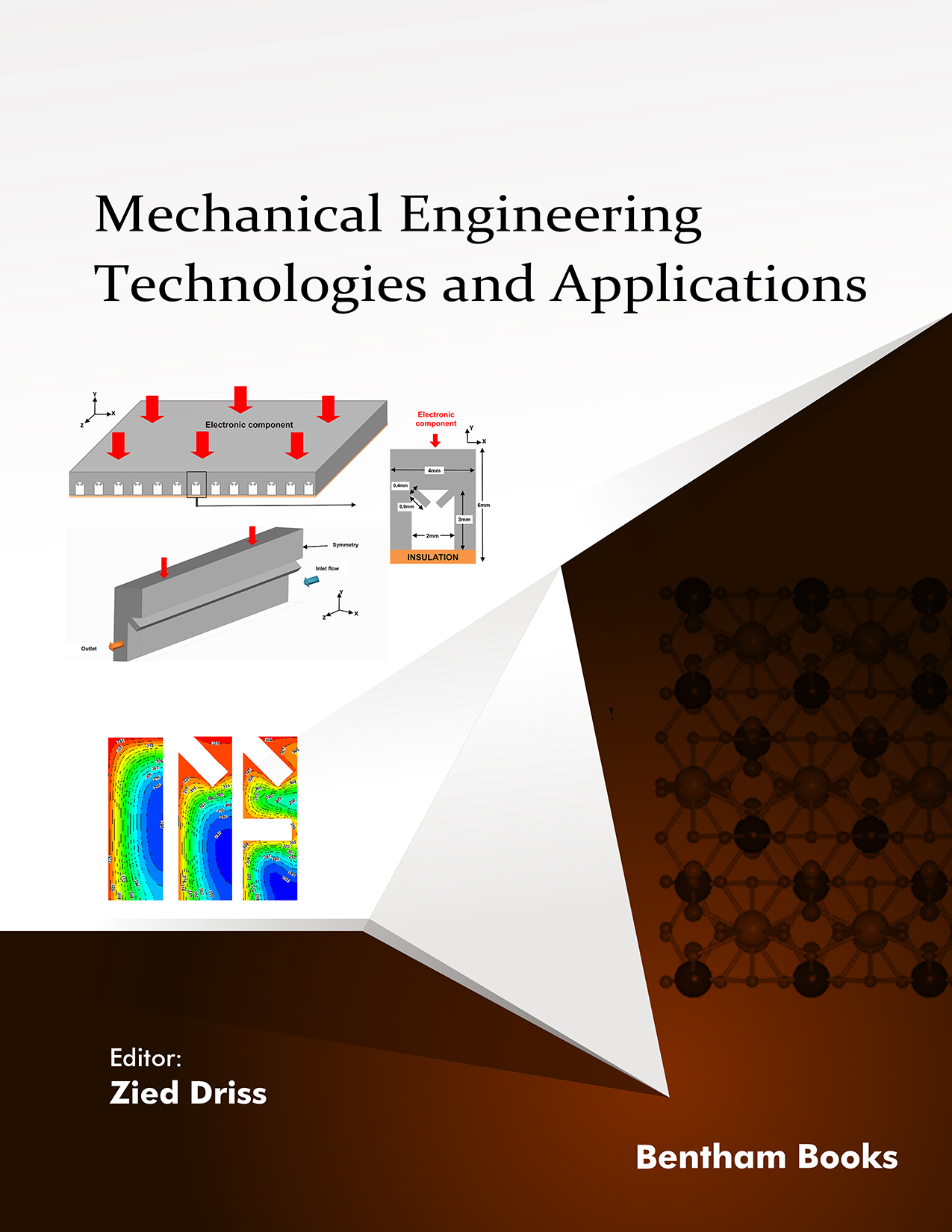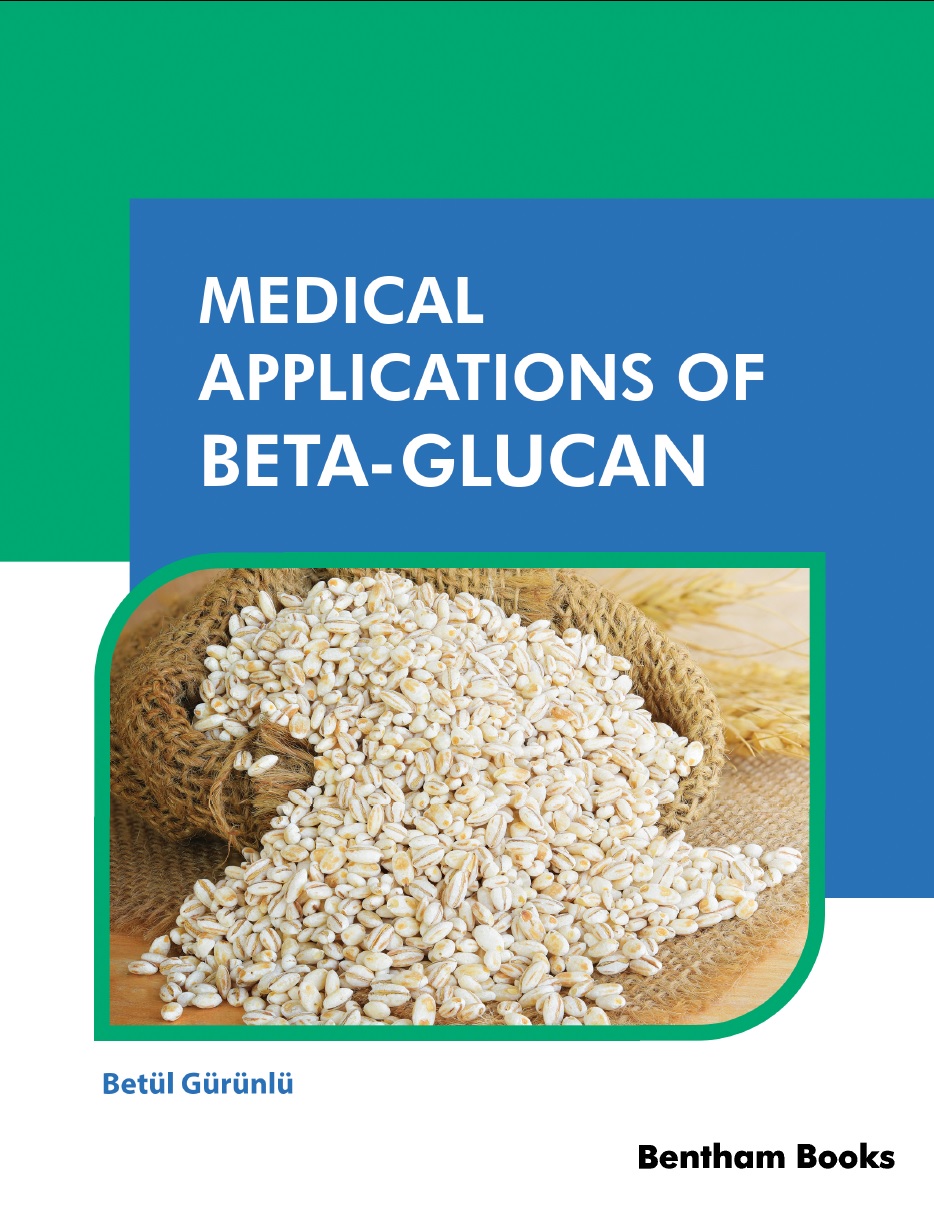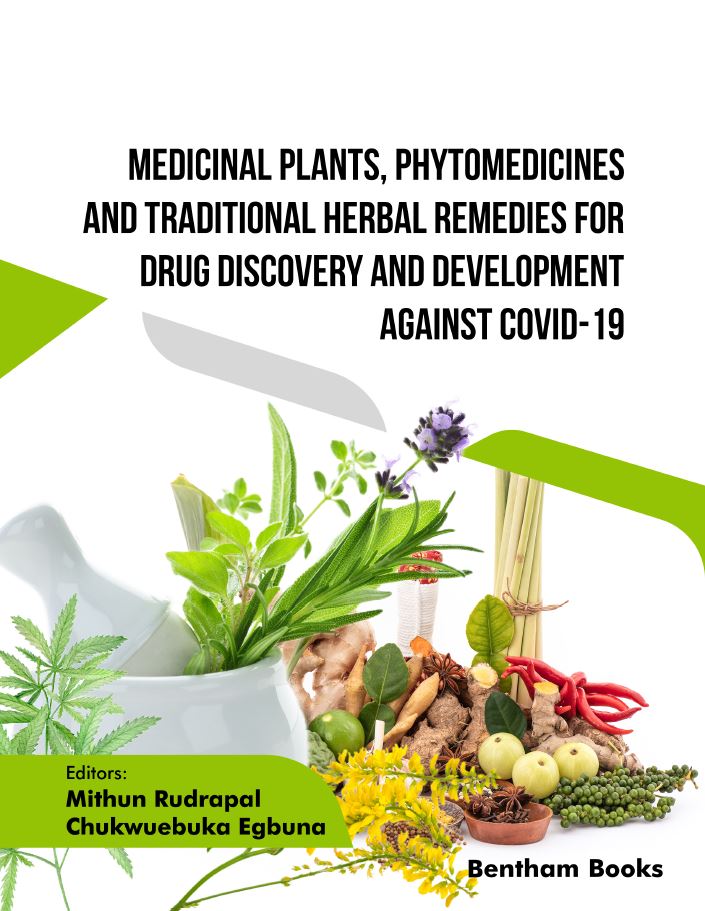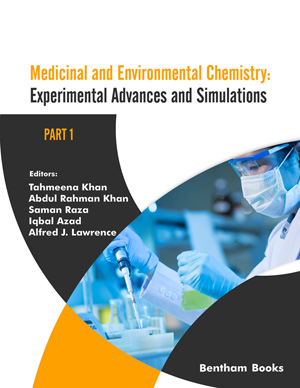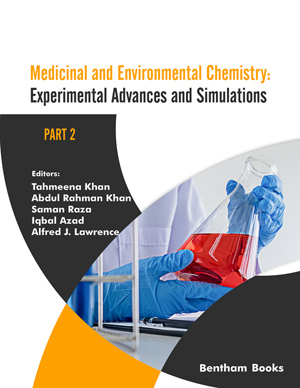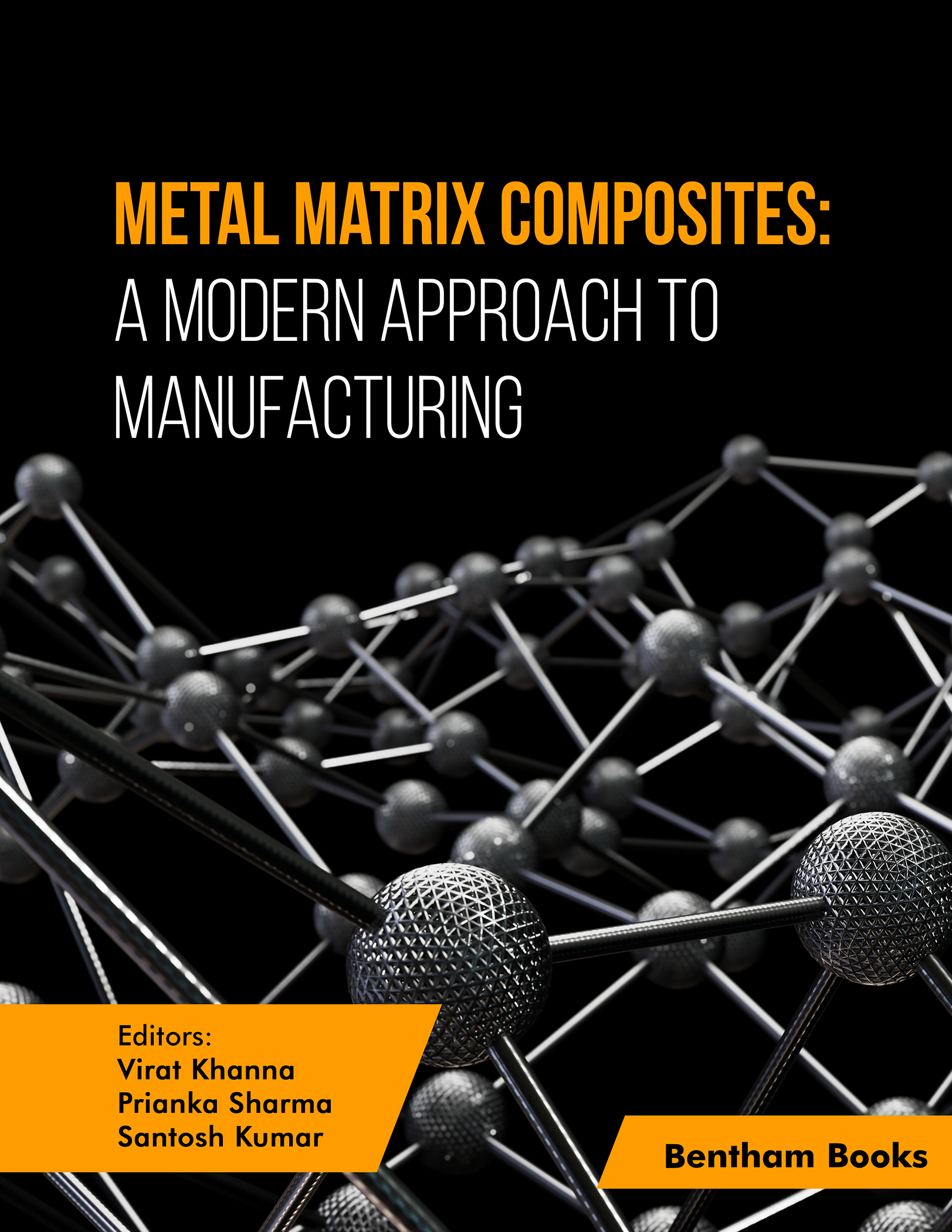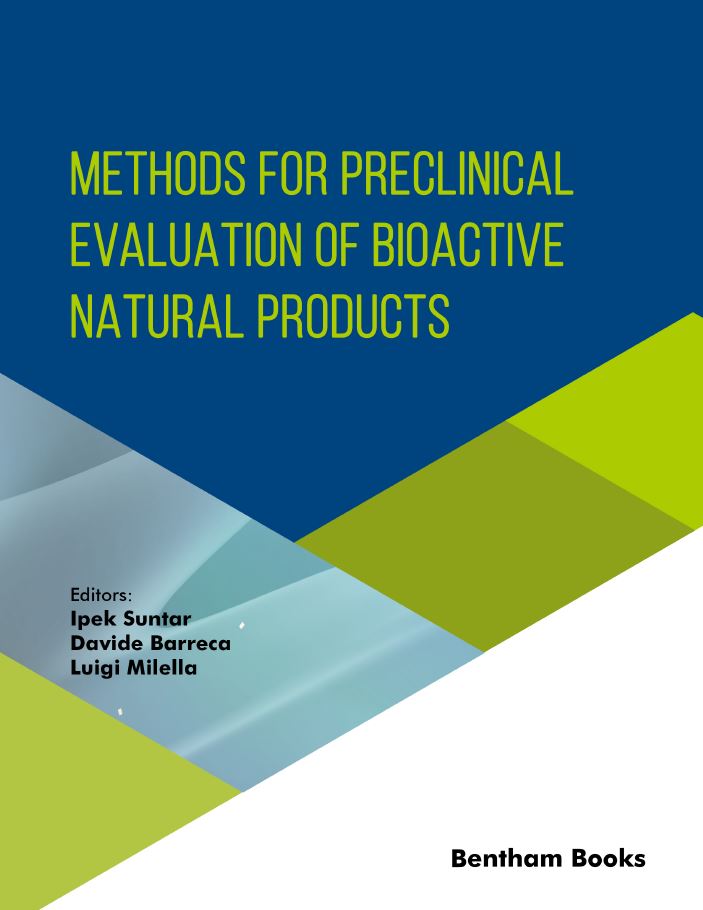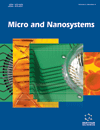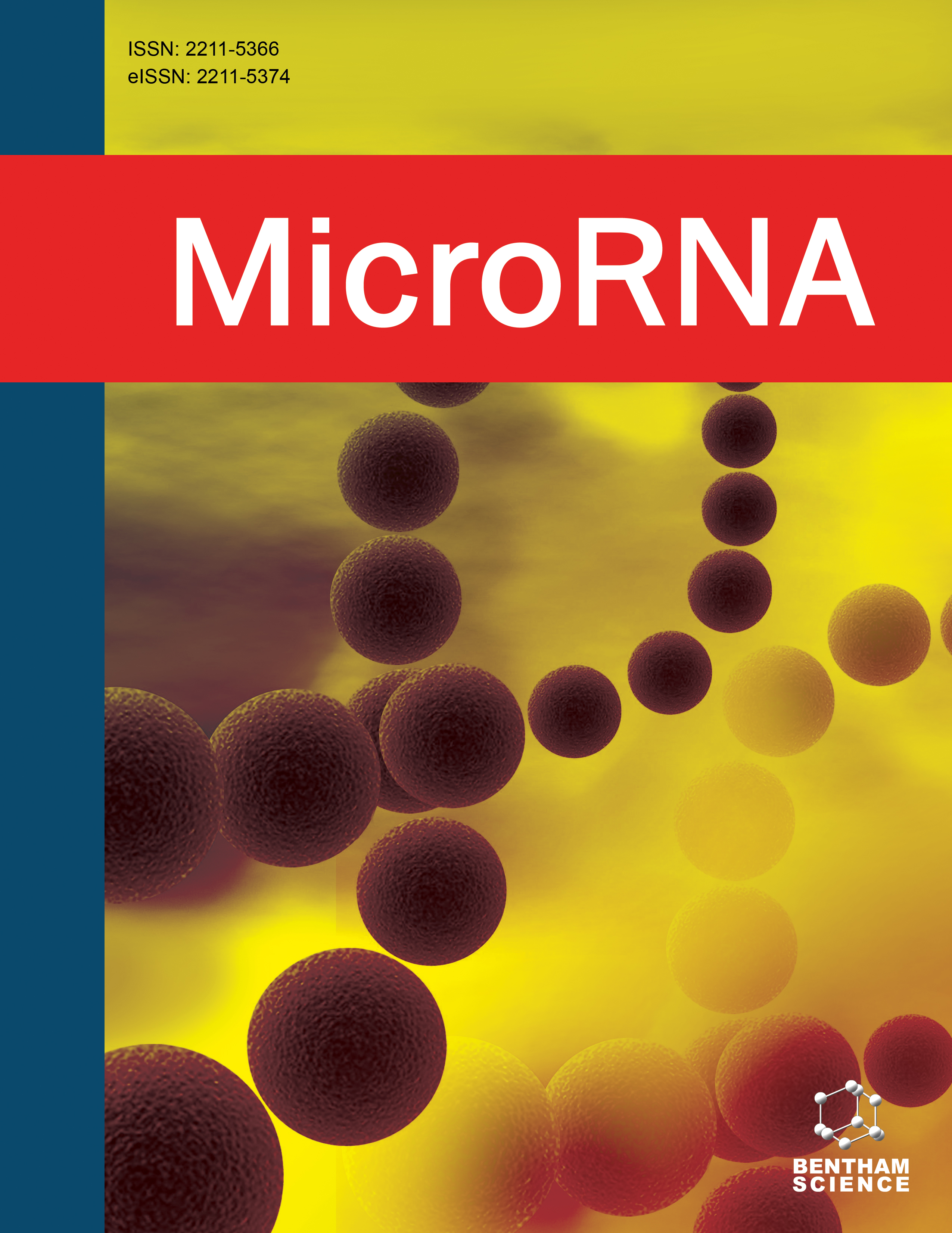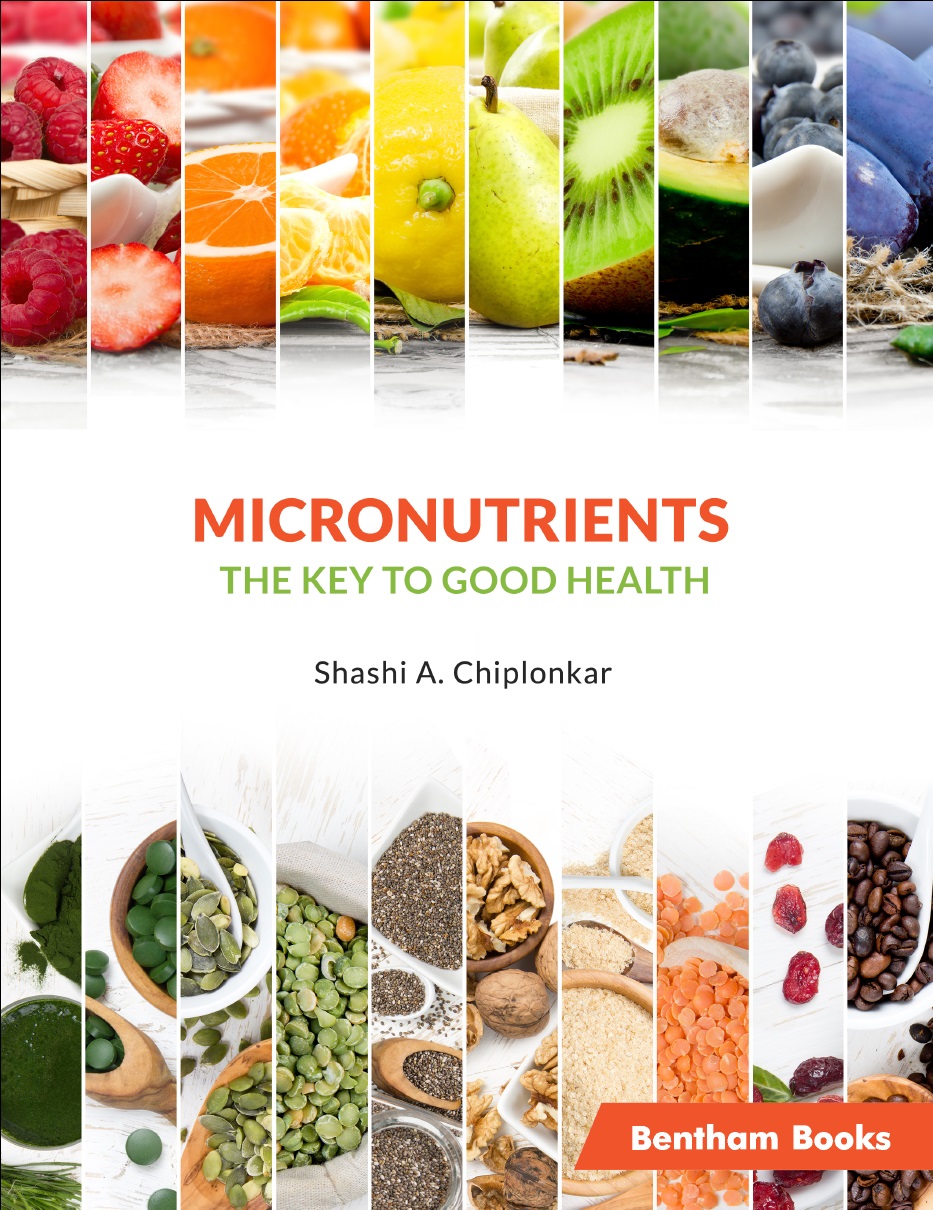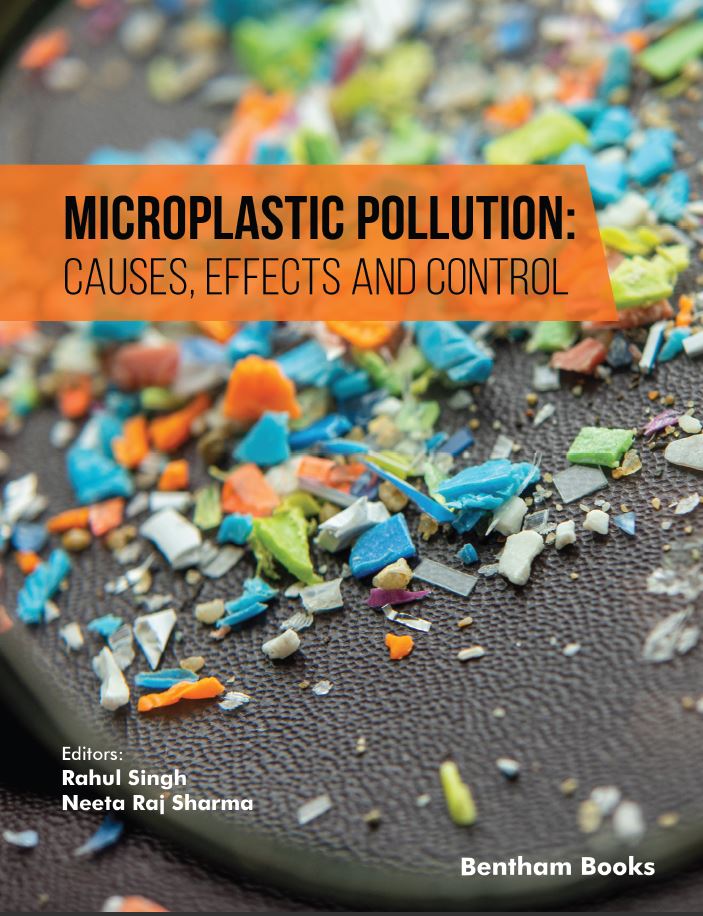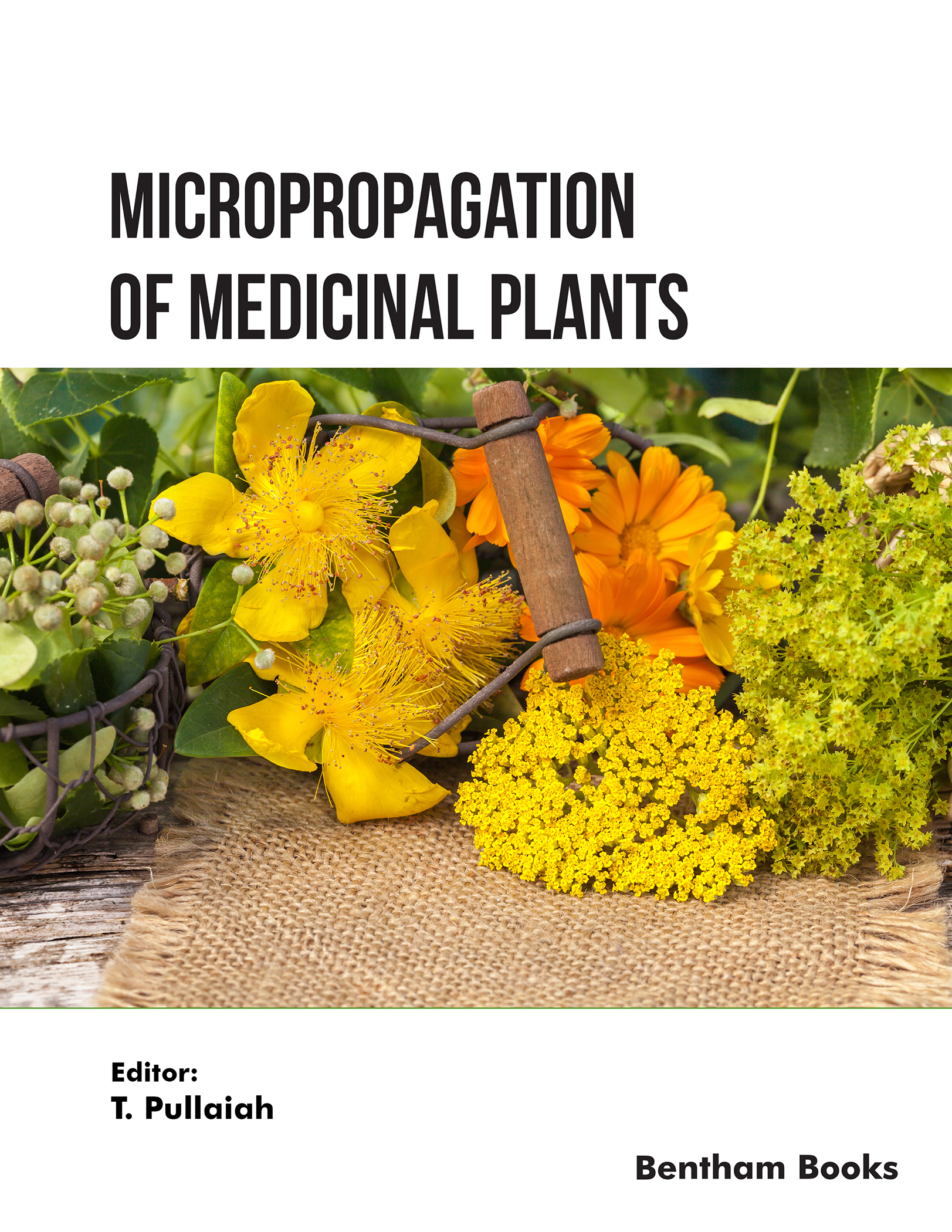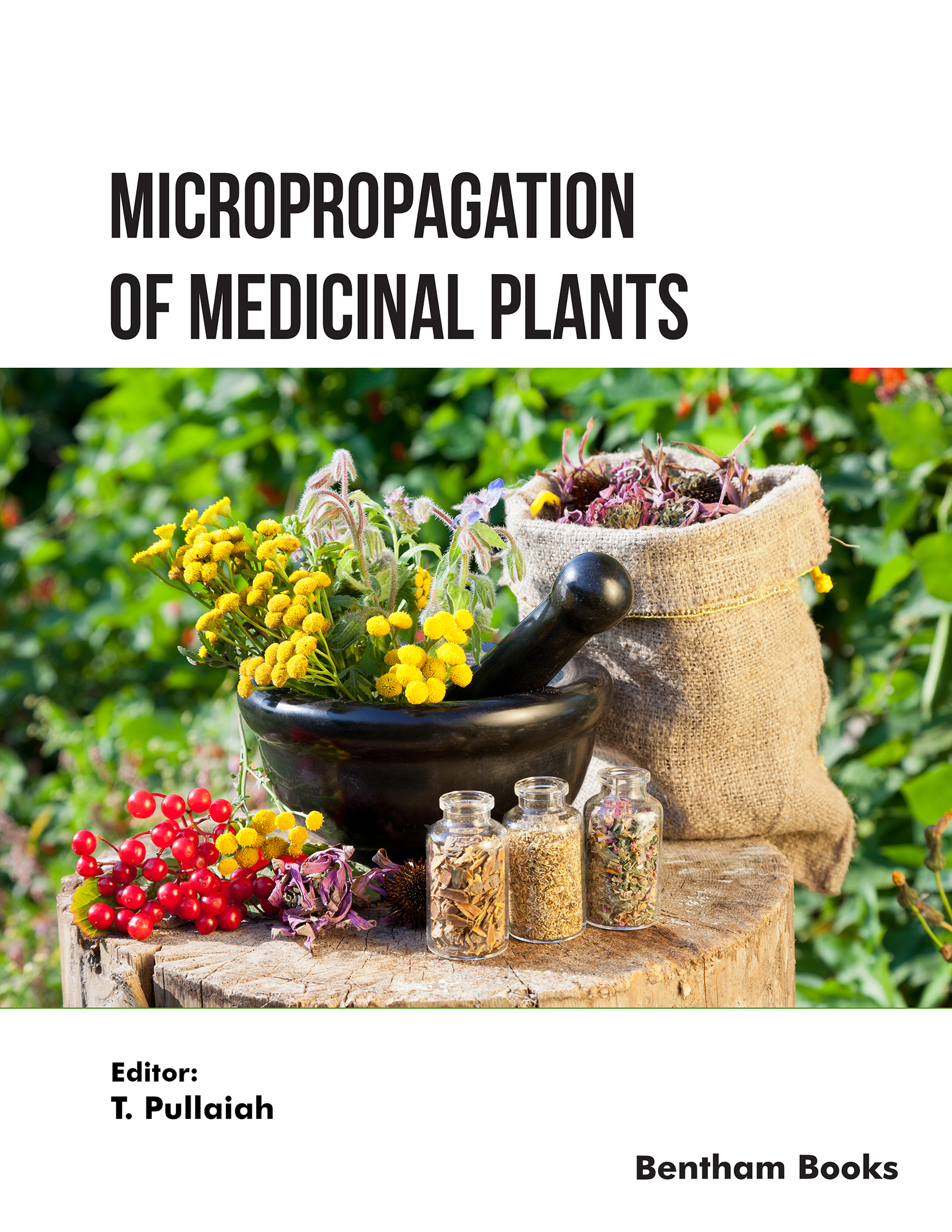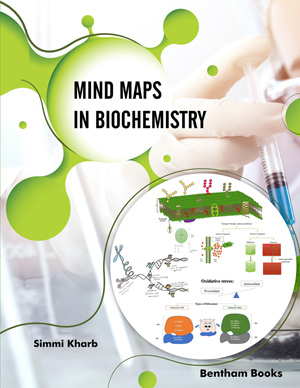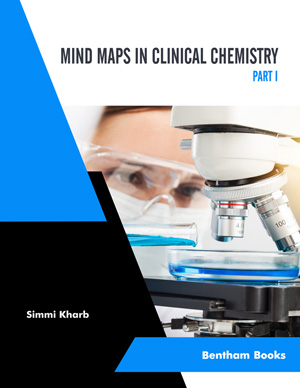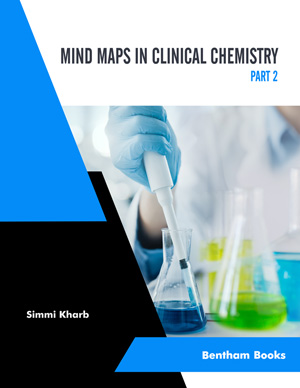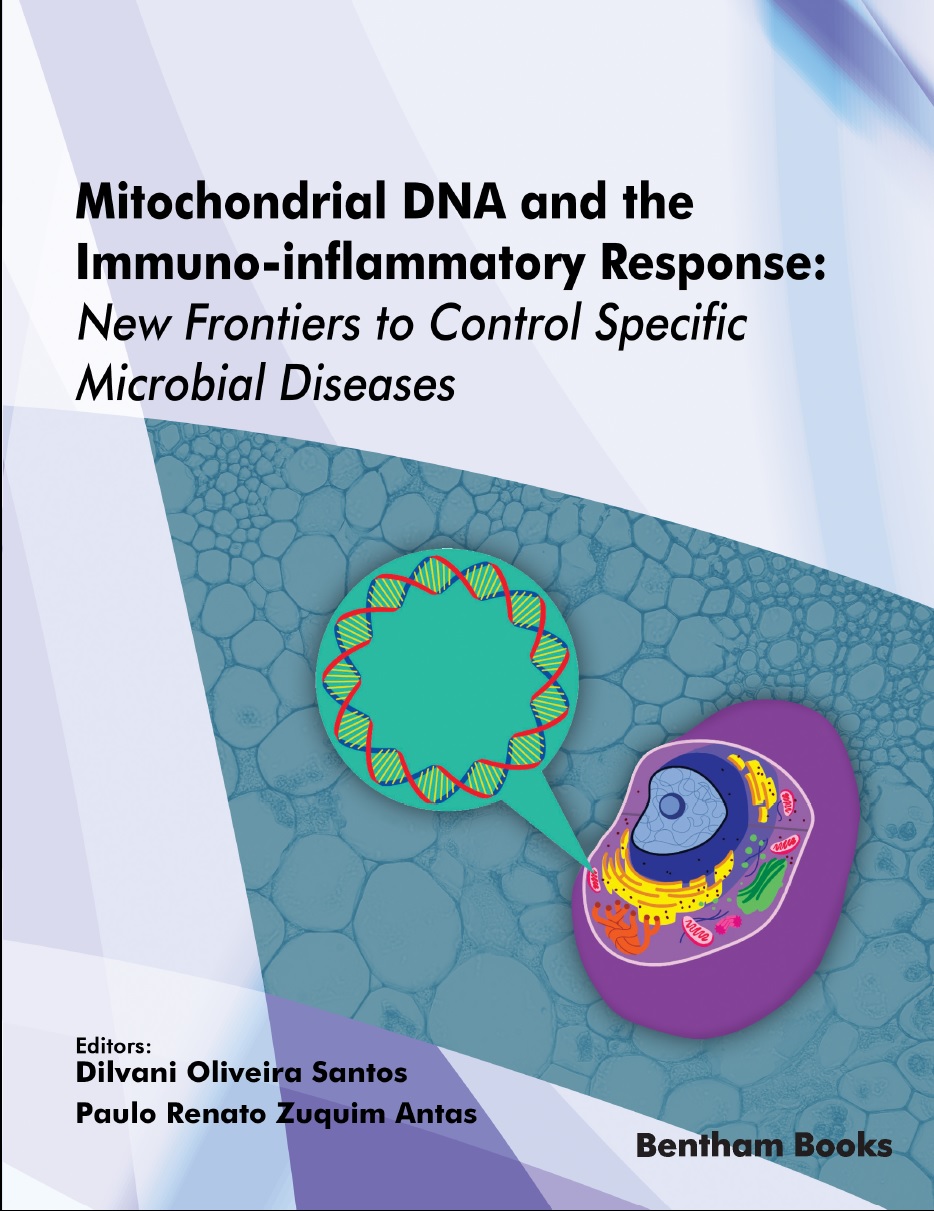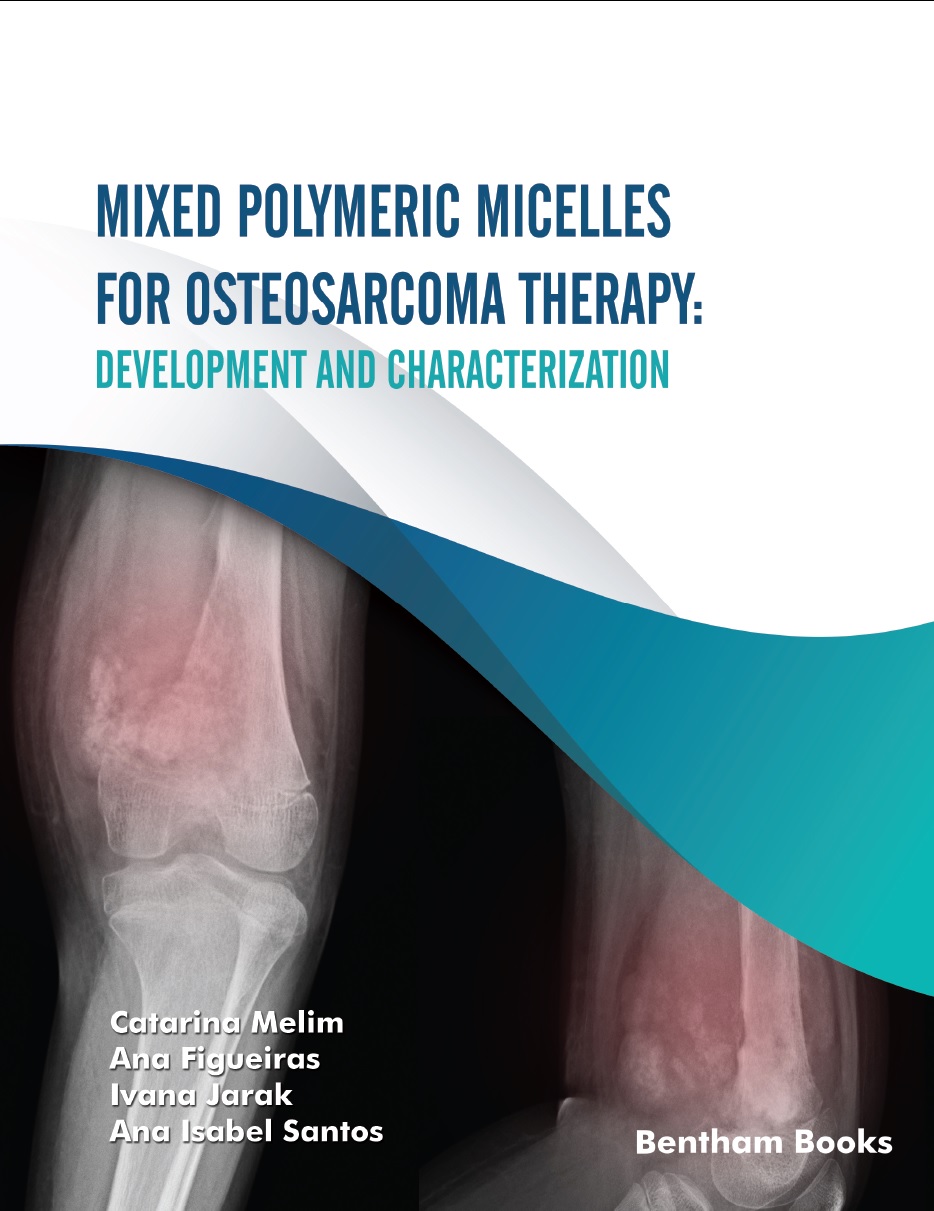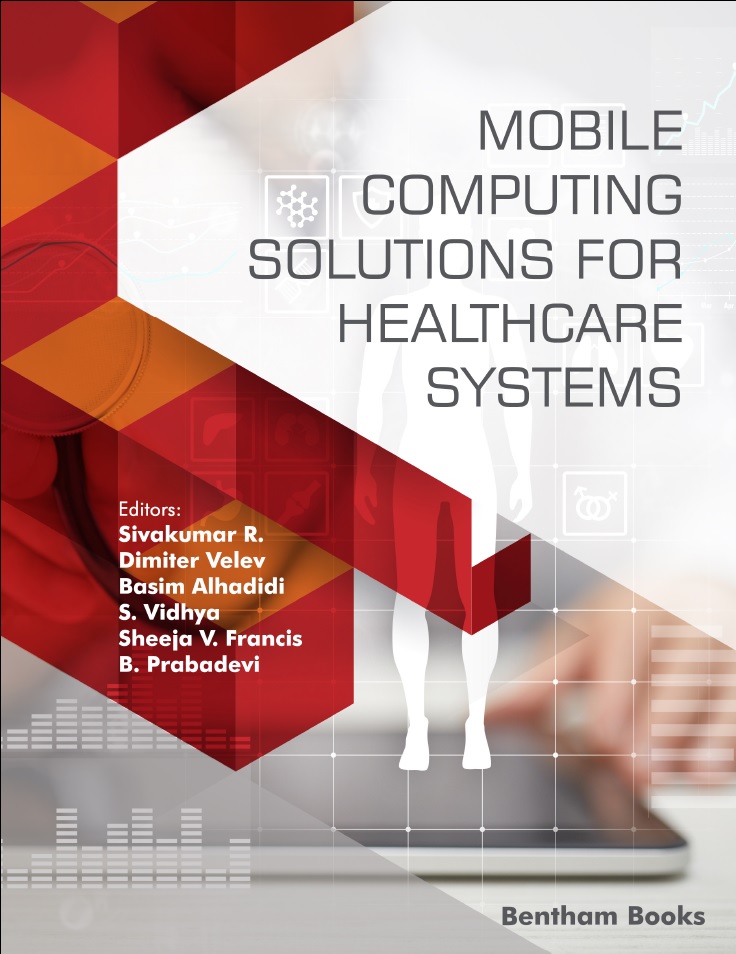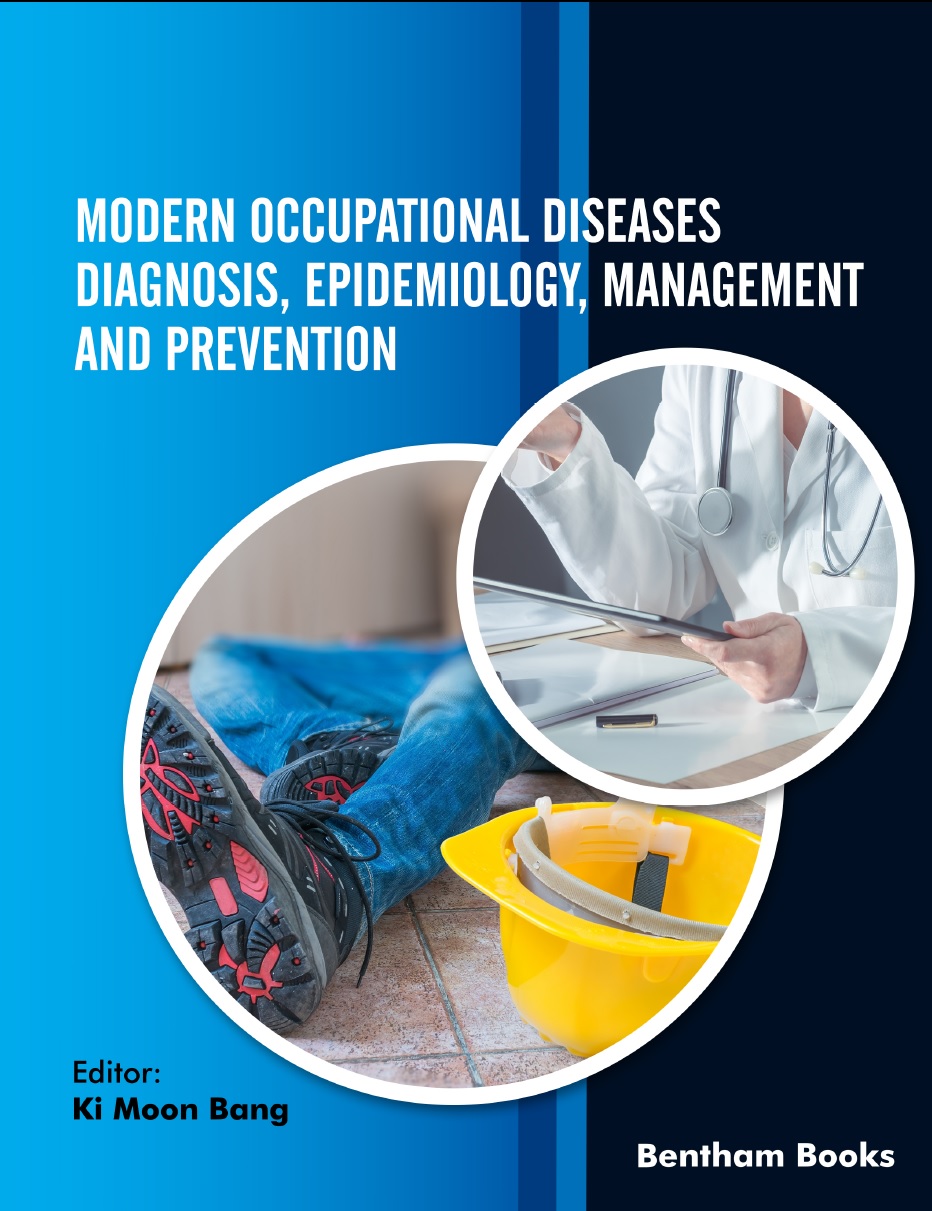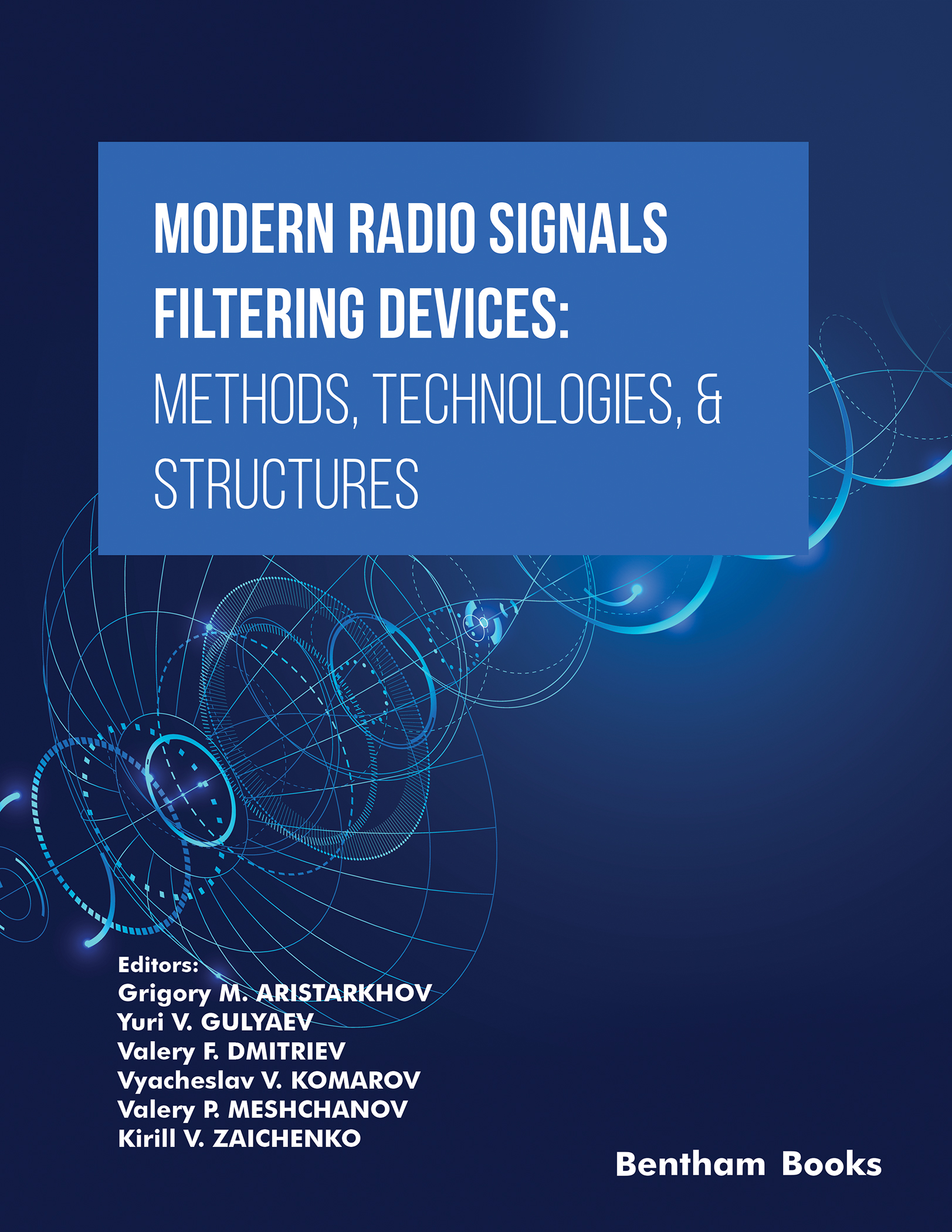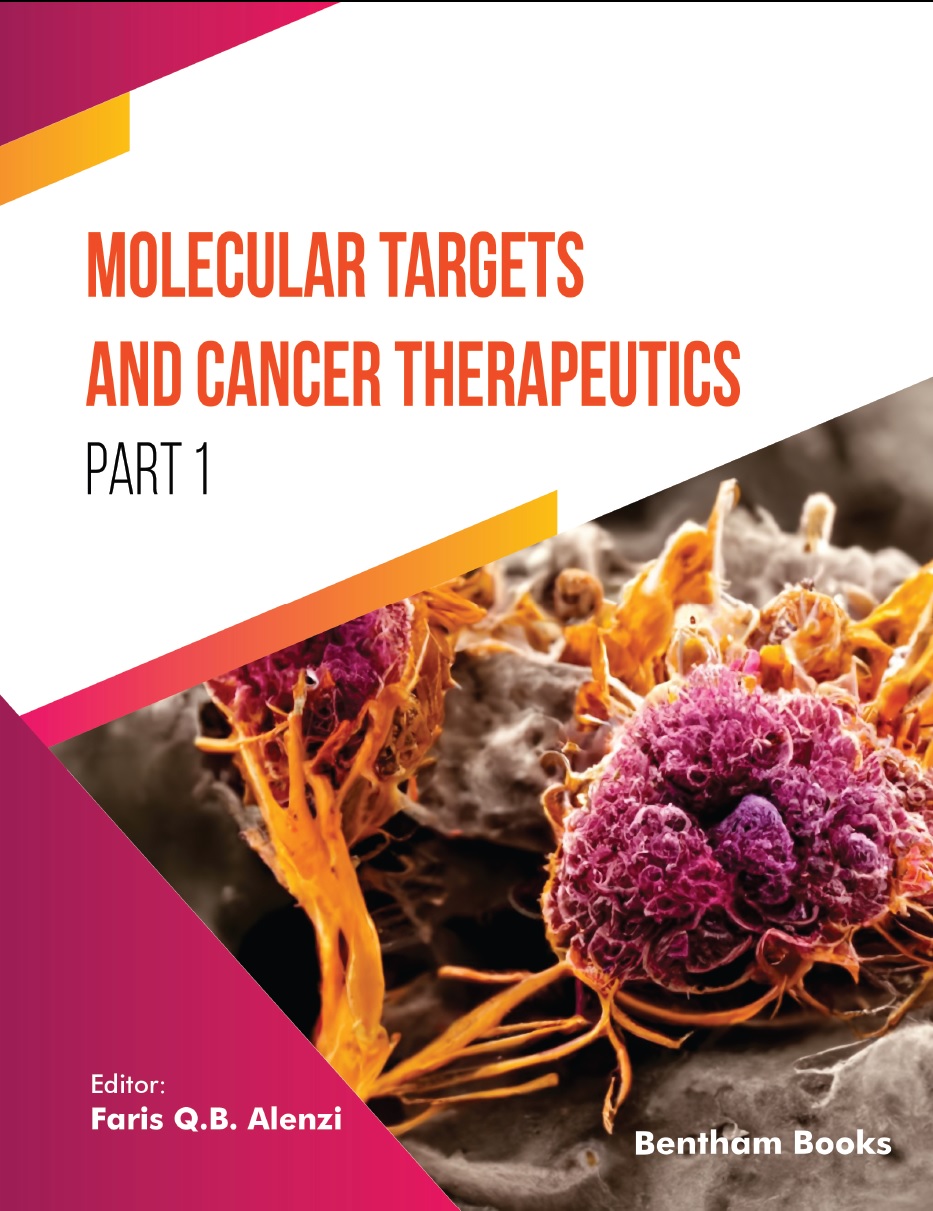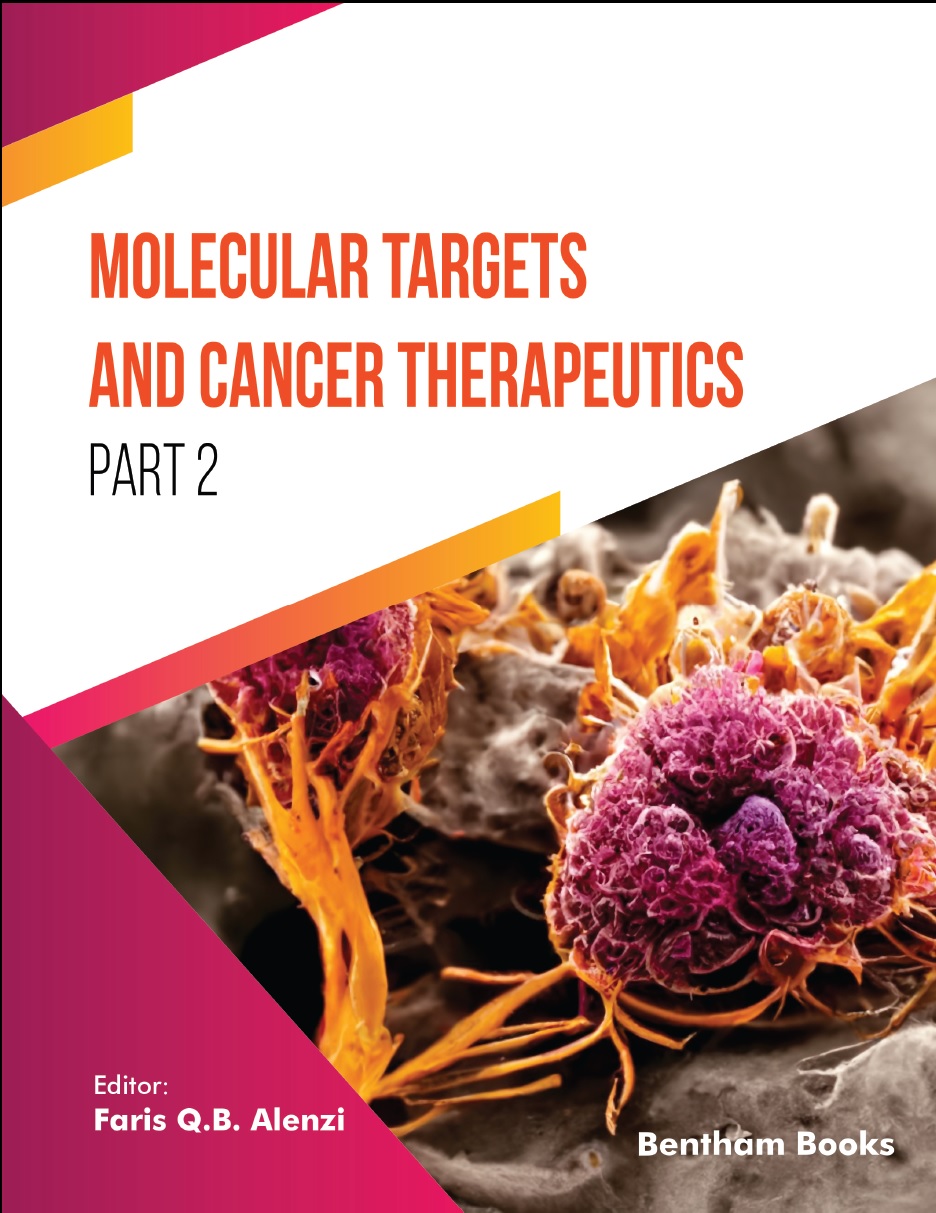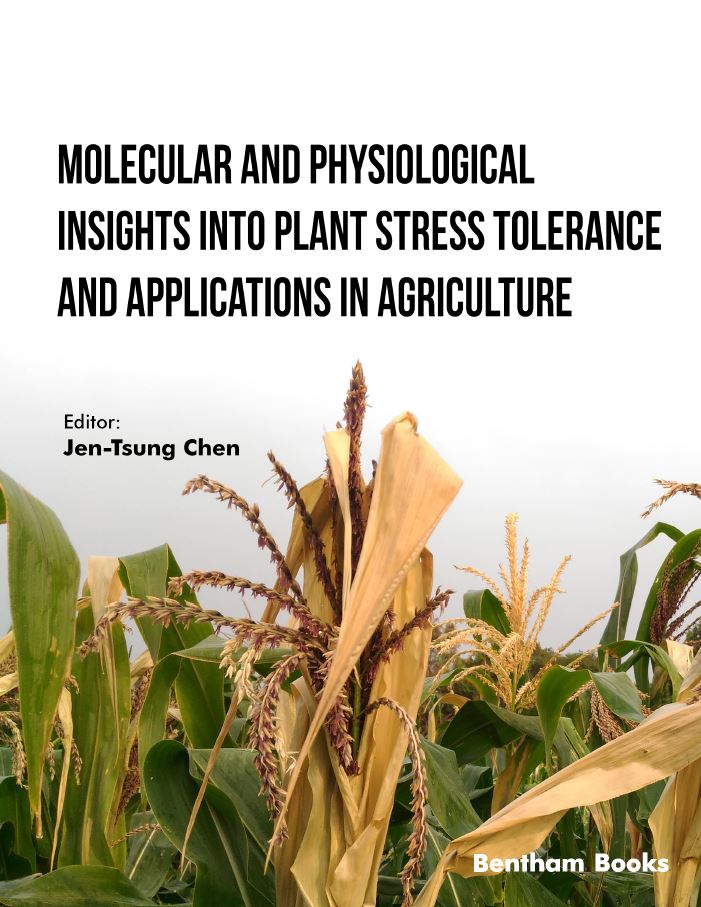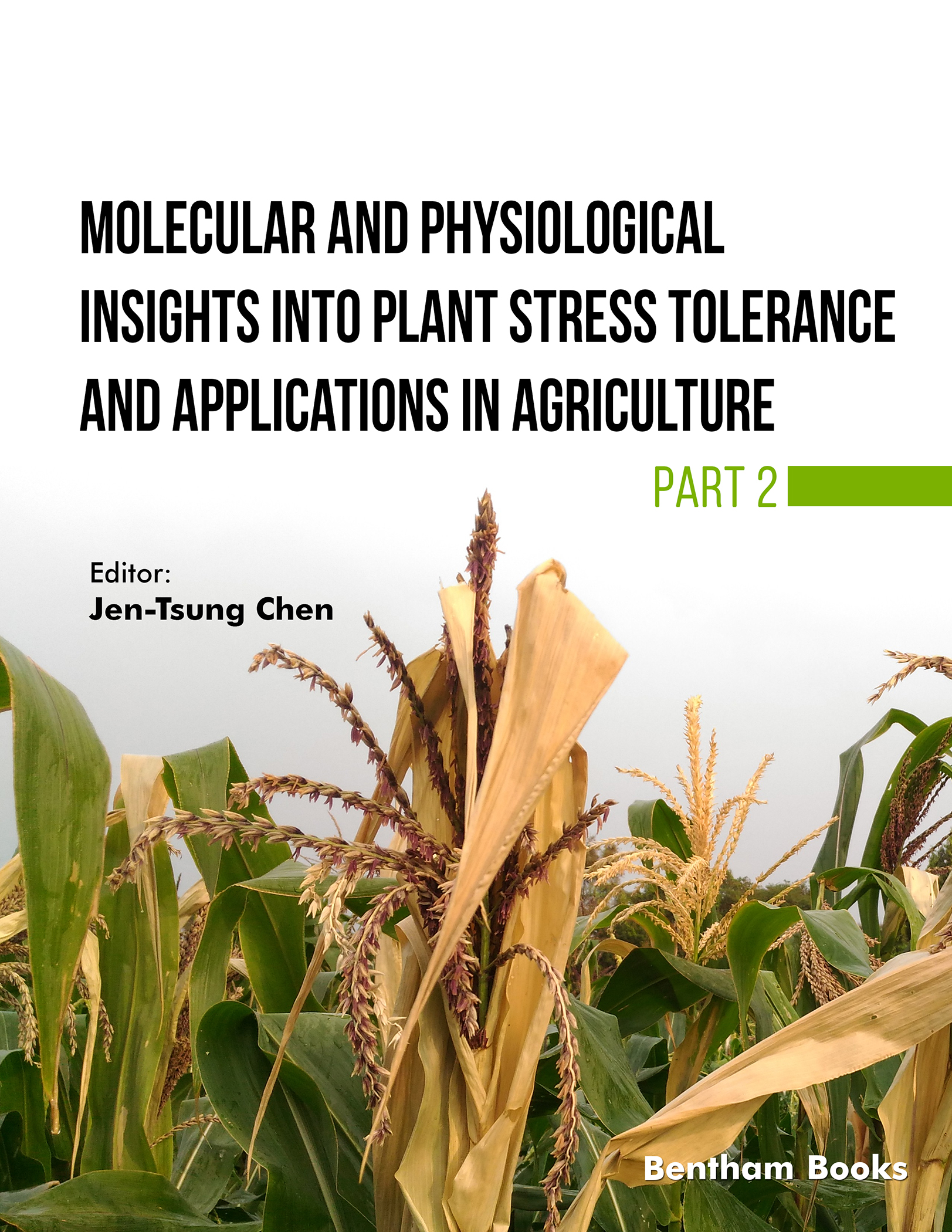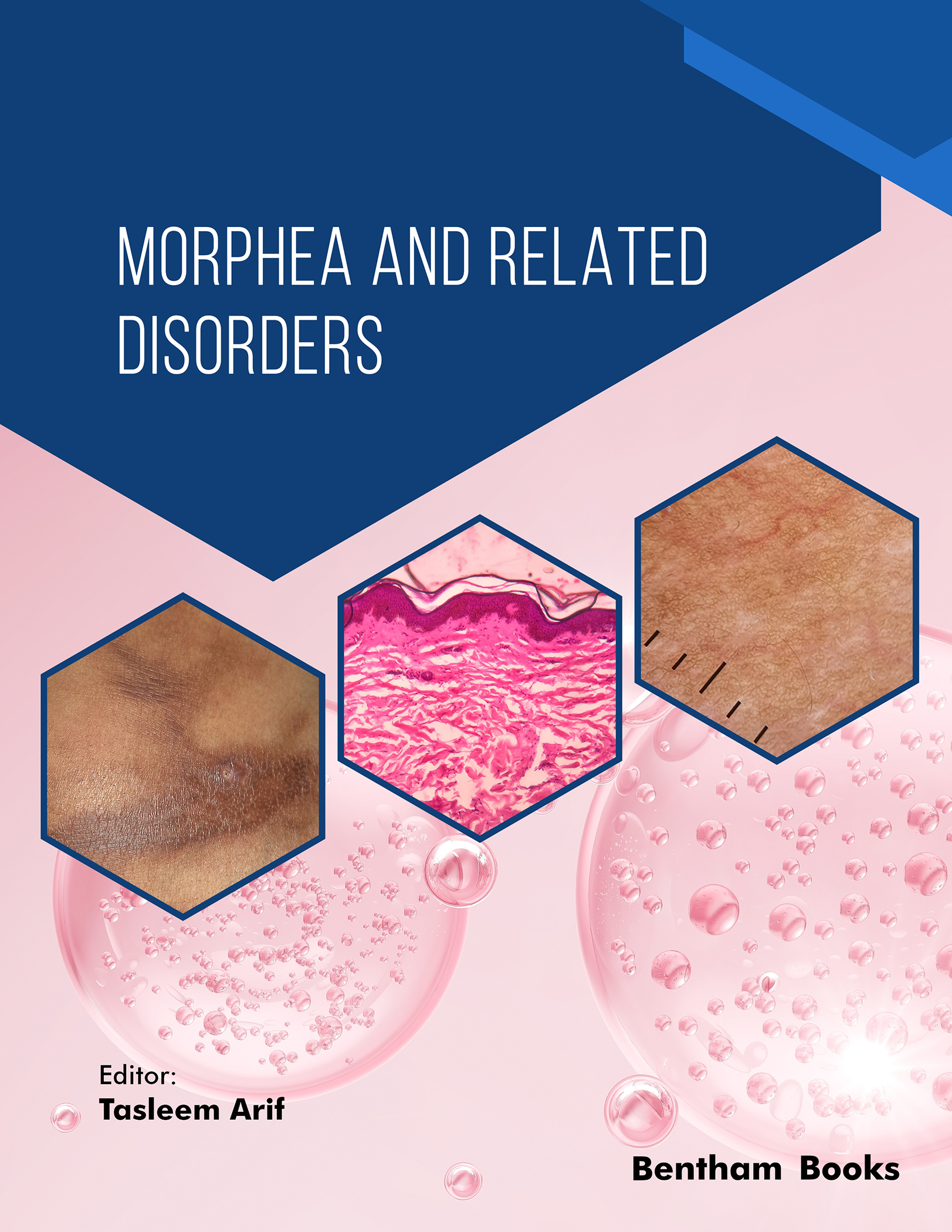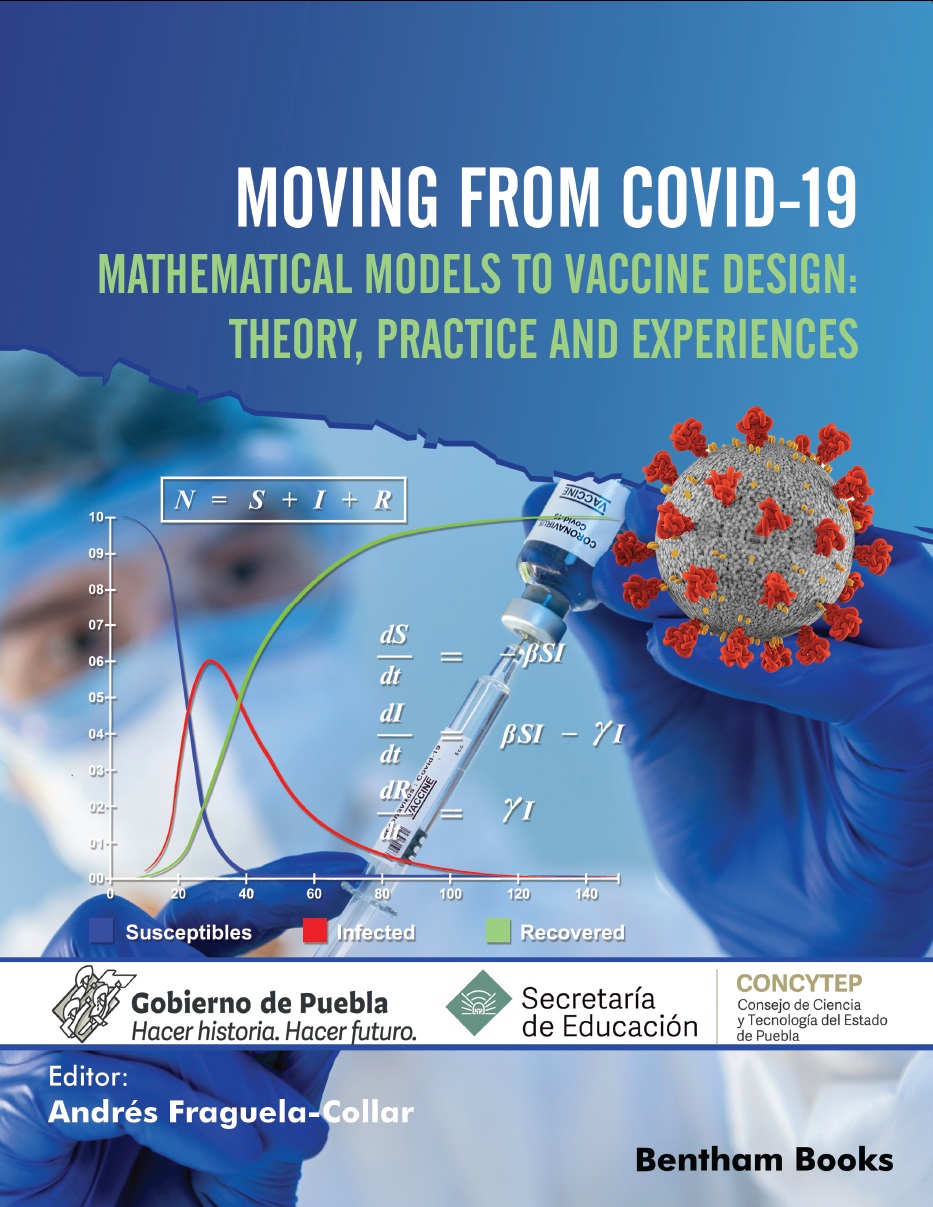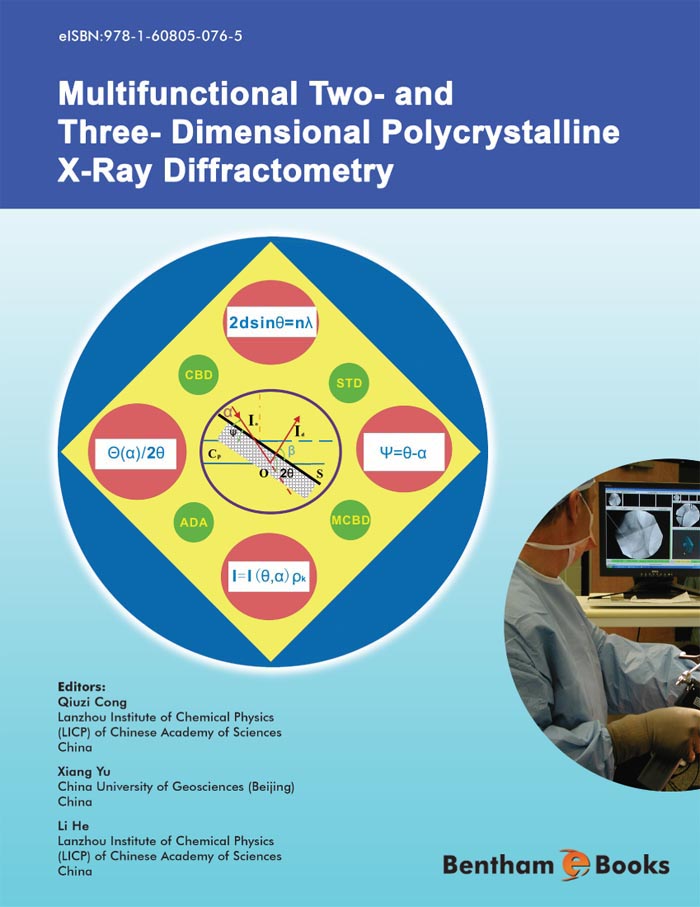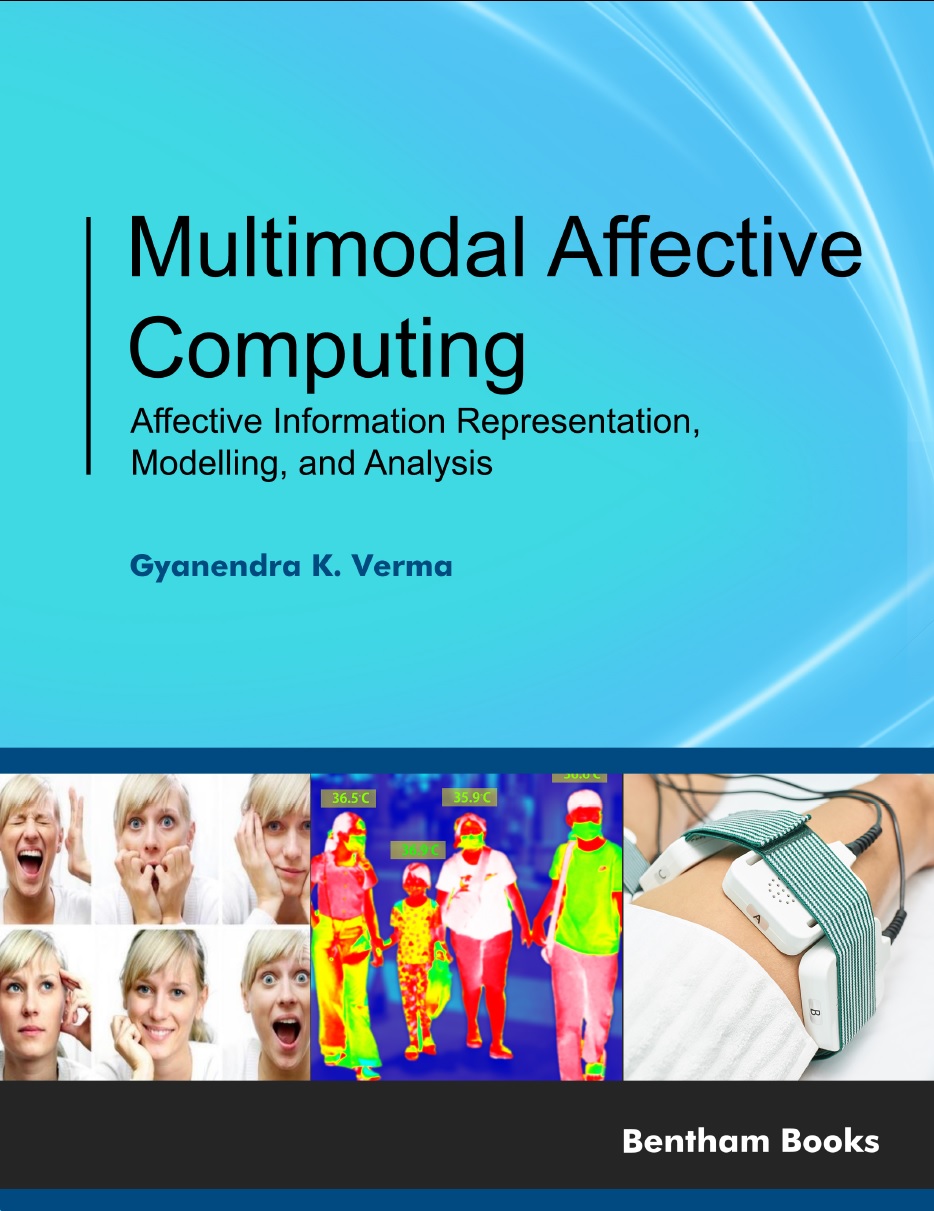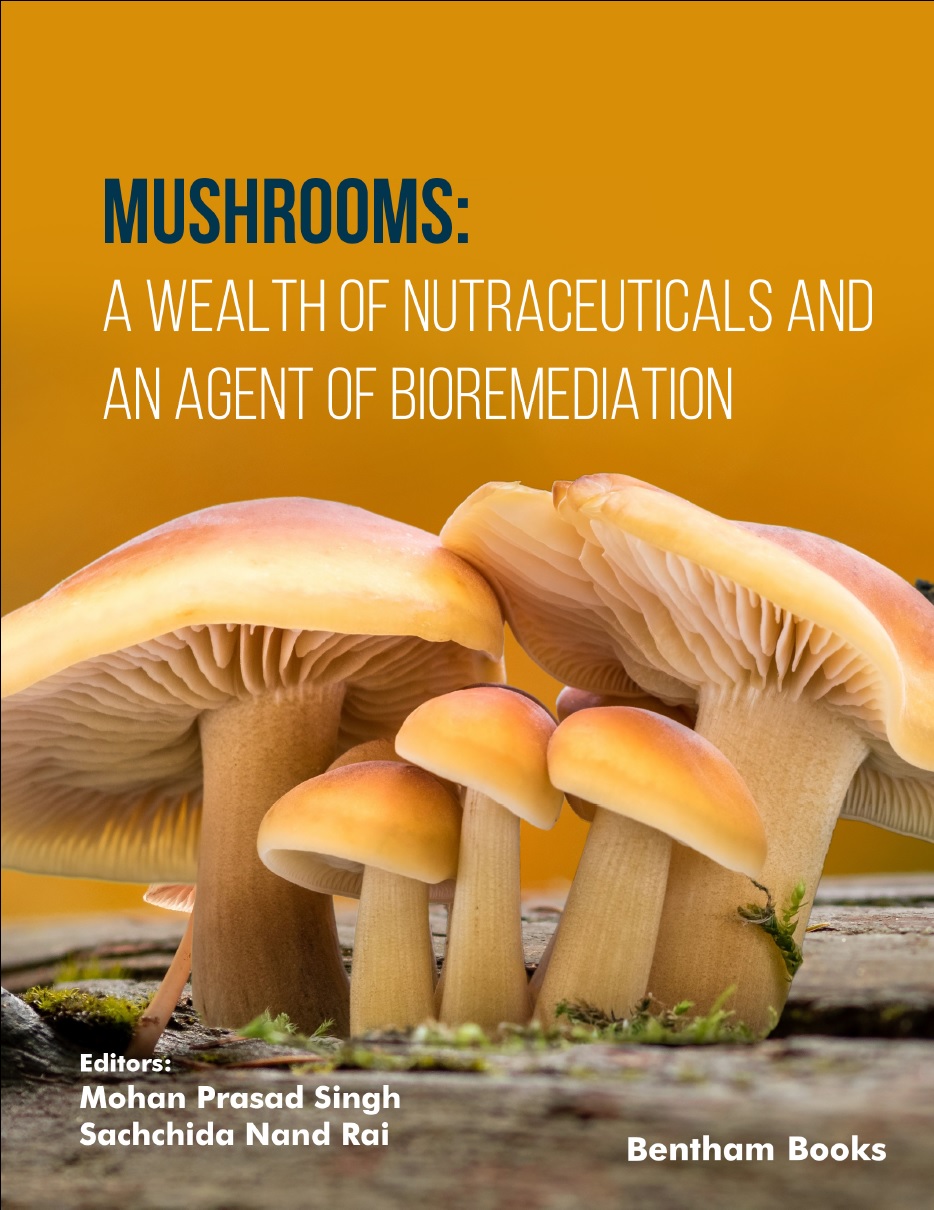- Home
- Publishers
- Bentham Science Publishers
Bentham Science Publishers
Bentham Science Publishers is a major publisher of more than 100 peer-reviewed science, technology and medical (STM) journals, along with a rapidly growing collection of eBooks. Since 1993, Bentham Science Publishers has been catering to the information needs of the pharmaceutical, engineering, biomedical and medical research community.501 - 550 of 812 results
-
-
Machine Learning Methods for Engineering Application Development
More LessThis book is a quick review of machine learning methods for engineering applications. It provides an introduction to the principles of machine learning and common algorithms in the first section. Proceeding chapters summarize and analyze the existing scholarly work and discuss some general issues in this field. Next, it offers some guidelines on applying machine learning methods to software engineering tasks. Finally, it gives an outlook into some of the future developments and possibly new research areas of machine learning and artificial intelligence in general.
Techniques highlighted in the book include: Bayesian models, support vector machines, decision tree induction, regression analysis, and recurrent and convolutional neural network. Finally, it also intends to be a reference book.
Key Features:
- Describes real-world problems that can be solved using machine learning
- Explains methods for directly applying machine learning techniques to concrete real-world problems
- Explains concepts used in Industry 4.0 platforms, including the use and integration of AI, ML, Big Data, NLP, and the Internet of Things (IoT).
- It does not require prior knowledge of the machine learning.
This book is meant to be an introduction to artificial intelligence (AI), machine earning, and its applications in Industry 4.0. It explains the basic mathematical principles but is intended to be understandable for readers who do not have a background in advanced mathematics.
-
-
-
Machine Learning and Its Application: A Quick Guide for Beginners
More LessMachine Learning and Its Application: A Quick Guide for Beginners aims to cover most of the core topics required for study in machine learning curricula included in university and college courses. The textbook introduces readers to central concepts in machine learning and artificial intelligence, which include the types of machine learning algorithms and the statistical knowledge required for devising relevant computer algorithms. The book also covers advanced topics such as deep learning and feature engineering.
Key features:
- 8 organized chapters on core concepts of machine learning for learners
- Accessible text for beginners unfamiliar with complex mathematical concepts
- Introductory topics are included, including supervised learning, unsupervised learning, reinforcement learning and predictive statistics
- Advanced topics such as deep learning and feature engineering provide additional information
- Introduces readers to python programming with examples of code for understanding and practice
- Includes a summary of the text and a dedicated section for references
Machine Learning and Its Application: A Quick Guide for Beginners is an essential book for students and learners who want to understand the basics of machine learning and equip themselves with the knowledge to write algorithms for intelligent data processing applications.
-
-
-
Manufacturing and Processing of Advanced Materials
More LessExplore the world of advanced materials and their manufacturing processes through this authoritative and enlightening reference. Discover how these innovations are shaping the future of high-tech industries and making a profound impact on our world. Manufacturing and Processing of Advanced Materials compiles current research and updates on development efforts in advanced materials, manufacturing, and their engineering applications. The book presents 22 peer-reviewed chapters that cover new materials and manufacturing processes. Key Topics Materials for the Future: Properties, classifications, and harmful effects of advanced engineering Innovative Manufacturing Techniques: Nanotechnology in material processing and manufacturing innovation. Advanced Welding and Joining: laser welding and friction stir welding in manufacturing composite materials. Sustainable Practices: 4. Eco-Friendly machining, water vapor cutting fluid, for high-speed milling., natural fiber reinforcement with materials like bamboo leaves. Advanced Materials Characterization and Modeling: Carbon nanotube (CNT)-reinforced nanocomposites and tribology for durable and reliable materials ensuring reliability. Materials for Energy and Electronics: Energy Storage Innovations and smart materials for electronic devices Novel Drilling and Machining Processes: Microwave drilling, electric discharge machining and die-sinking electric discharge machining for metal matrix composites. Innovations in Nanoparticle Production: Spark discharge method (SDM) for advanced nanoparticle production. The book caters to a diverse audience, offering an invaluable resource for researchers, engineers, graduate students, and professionals in materials science, engineering, chemistry, and physics. By enhancing their knowledge and expertise, readers are poised to become key contributors to various industries and technological advancements.
-
-
-
Marine Biopharmaceuticals: Scope and Prospects
More LessMarine Biopharmaceuticals: Scope and Prospects is a collaboration of experts in pharmacology, biology and biochemistry with a focus on Marine Bioprospecting. The book provides an in-depth exploration of promising pharmaceutical compounds found in various marine biota and their therapeutic applications. The comprehensive contents cover marine ecosystems, marine biopharmaceutical, and delve into the chemistry and therapeutic applications of compounds from diverse marine organisms such as seaweeds, sponges, cnidarians, bryozoans, worms, shellfish, tunicates, and fishes.
The chapters also highlight approved and marketed marine biota-derived drugs and marine biota-derived drug candidates currently under clinical trials. Marine biopharmaceutical compounds targeting SARS-CoV-2 are also covered, reflecting the latest developments in the field. The editors conclude the book by advocating for the establishment of professional grade Marine Biopharmacy courses at university level to contribute to this emerging field.
This reference serves as a guide for researchers and instructors in disciplines such as Pharmaceutical Sciences, Marine Biology, Marine Microbiology, Marine Biochemistry, and Marine Biotechnology. Moreover, it is positioned as a standard reference for libraries in colleges and universities, offering critical insights for drug companies engaged in the development of new drugs from marine biopharmaceuticals.
-
-
-
Marine Ecosystems: A Unique Source of Valuable Bioactive Compounds
Marine Ecology: Current and Future Developments: Volume 3
More LessThis reference highlights the significance of marine ecosystems, encompassing seaweed beds, seagrasses, coral reefs, mangroves, estuaries, and protected areas, as a remarkable gateway to overcoming healthcare challenges and unlocking a rich trove of bioactive compounds for drug discovery.
One of the key highlights of this book is its exploration of the development of marine bio-drugs, a field that demands collaboration among scientists from both academic and industrial fronts. The editors also include a prospective review on marine environments, emphasizing the necessity for big data, collective knowledge sharing, financial support, and streamlined administrative processes, all of which contribute to enhancing innovation in the drug discovery process. Another feature includes reference lists that allow researchers to explore topics of interest in depth.
With twelve comprehensive chapters, this book extensively covers marine ecosystem biodiversity, productivity, protected areas, and the intricate interplay of biotic and abiotic factors that shape these ecosystems. Readers will learn about important bioactive compounds within marine organisms and how to use this knowledge to outline a strategy for bio-drug discovery. The book caters to a diverse audience of researchers, students, ecologists, microbiologists, pharmacologists, and biotechnologists who are engaged in studying the dynamic components of marine environments. By providing the latest insights and strategies in the realm of bio-drug discovery from marine resources, this book serves as an invaluable resource for scholars and professionals seeking to tap into the potential of these unique ecosystems.
-
-
-
Markov Chain Process: Theory and Cases
More LessMarkov Chain Process: Theory and Cases is designed for students of natural and formal sciences. It explains the fundamentals related to a stochastic process that satisfies the Markov property. It presents 10 structured chapters that provide a comprehensive insight into the complexity of this subject by presenting many examples and case studies that will help readers to deepen their acquired knowledge and relate learned theory to practice.
This book is divided into four parts. The first part thoroughly examines the definitions of probability, independent events, mutually (and not mutually) exclusive events, conditional probability, and Bayes' theorem, which are essential elements in Markov's theory. The second part examines the elements of probability vectors, stochastic matrices, regular stochastic matrices, and fixed points. The third part presents multiple cases in various disciplines: Predictive computational science, Urban complex systems, Computational finance, Computational biology, Complex systems theory, and Computational Science in Engineering. The last part introduces learners to Fortran 90 programs and Linux scripts.
To make the comprehension of Markov Chain concepts easier, all the examples, exercises, and case studies presented in this book are completely solved and given in a separate section.
This book serves as a textbook (either primary or auxiliary) for students required to understand Markov Chains in their courses, and as a reference book for researchers who want to learn about methods that involve Markov Processes.
-
-
-
Marvels of Artificial and Computational Intelligence in Life Sciences
More LessMarvels of Artificial and Computational Intelligence in Life Sciences is a primer for scholars and students who are interested in the applications of artificial intelligence (AI) and computational intelligence (CI) in life sciences and other industries.
The book consists of 16 chapters (9 of which focus on AI and 7 of which showcase the benefits of CI approaches to solve specific problems). Chapters are edited by subject experts who describe the roles and applications of AI and CI in different parts of our lives in a concise and lucid manner. The book covers the following key themes:
AI Revolution in Healthcare and Drug Discovery: AI's Impact on Biology and Energy Management AI and CI in Physical Sciences and Predictive Modeling Computational Biology The editors have compiled a good blend of topics in applied science and engineering to give readers a clear understanding of the multidisciplinary nature of the two facets of computing. Each chapter includes references for advanced readers.
-
-
-
Materials Science: A Field of Diverse Industrial Applications
More LessMaterials Science: A Field of Diverse Industrial Applications provides a comprehensive overview of recent developments in new materials and their applications across various fields. With ten chapters from reputed experts in materials chemistry, the book covers a wide range of topics including thin-film nanomaterials (including chalcogenide, zinc oxide and barium fluoride thin films), multiferroic nanoceramics, synthetic nanofibers, and polymer electrolytes. The content is divided into three sections, covering modified materials, functionalized nanomaterials, and the role of nanomaterials and modified materials in waste removal, chemical synthesis, and energy production. This book is an essential resource for researchers, scientists, and professionals in materials science, nanotechnology, and related fields who want to stay updated with recent advancements and their industrial applications. It also serves as a reference for advanced materials science courses.
-
-
-
Materials and Technologies for a Green Environment
More LessThe world faces significant challenges as the population and consumption continue to grow while fossil fuels and other raw materials are depleted at ever-increasing rates. Environmental consciousness and a penchant for thinking about material cycles have caught on with consumers. Therefore, the use of environmentally compatible materials and sustainable production methods are now desired. Materials and Technologies for a Green Environment discusses the major issues surrounding the production of energy through biofuels and waste management. It comprises seven chapters that cover various fields of interest to readers involved in environmental management and sustainability planning. The topics covered include renewable energy sources, thermoelectric generators, electric vehicles, biodiesel production from poultry waste, scramjet combustion engines, and sustainable architecture for green buildings. Given its scope, this book is a valuable resource for students, researchers and engineers in environmental science, mechanical engineering, and chemical engineering and sustainability studies.
-
-
-
Mechanical Engineering Technologies and Applications: Volume 2
More LessThis book focuses on cases and studies of interest to mechanical engineers and industrial technicians. The considered applications in this volume are widely used in several industrial fields particularly in the automotive and aviation industries. Readers will understand the theory and techniques which are used in each application covered in each chapter.
Volume 2 includes the following topics: Numerical investigation of turbulent slot jets with various nanoparticle shapes Experimental study on a sweeping gas membrane distillation unit Development of design processes for multi-spindle drilling using a neural network and expert systems Experimental investigation of a new hybrid solar collector (PV/t) system Theoretical study of the effects of combustion duration on engine performance Effects of preheating temperature and fuel-air equivalence ratio on pollution control in hydrocarbon combustion Numerical study of natural convection between two concentric ellipses with different shapes and imposed temperatures Theoretical study of the geometrical parameters effect on the behavior of a solar chimney power plant Numerical investigations of the effect of packed bed porosity on the flow behavior Comparison between a conventional and a four-stage Savonius wind rotor
The presented case studies and development approaches aim to provide readers with basic and applied information broadly related to mechanical engineering and technology.
-
-
-
Medical Applications of Beta-Glucan
More LessBeta-glucan is a polysaccharide and an important food supplement that strengthens the immune system. Beta-glucan can be obtained from many food sources such as mushrooms, yeast, or oats. Beta-glucan has a therapeutic use in the treatment of many diseases, thanks to its immune system strengthening effect. Its use helps curtail the need for administering high levels of antibiotics in case of serious infections.
This book presents information about the medical applications of beta-glucan. Starting with an introduction to the basic biochemistry and classification of beta-glucan, the contents explain the readers about its use in treating a variety of medical conditions. These include cancer, allergies, COVID-19, respiratory tract infections, hypercholesterolemia, diabetes and many other other endocrinological, immunological and infectious diseases.
This book is a comprehensive resource about the medical use of beta-glucan where any reader can find topical information and learn about recent studies on the therapeutic effects of beta-glucan on the treatment of different diseases.
-
-
-
Medicinal Chemistry for Pharmacy Students
Medicinal Chemistry of Drugs Affecting Cardiovascular and Endocrine Systems: Volume 3
More LessThe primary objective of this 4-volume book series is to educate PharmD students on the subject of medicinal chemistry. The book set serves as a reference guide to pharmacists on aspects of the chemical basis of drug action. Medicinal Chemistry of Drugs Affecting Cardiovascular and Endocrine Systems is the third volume of the series. This volume features 8 chapters focusing on a comprehensive account of drugs affecting both the cardiovascular system and the endocrine functions. The volume informs readers about the medicinal chemistry of relevant drugs, which includes the mechanism of drug action, detailed structure-activity relationships and metabolism. Topics covered include drugs that affect the renin-angiotensin system, calcium channel blockers, diuretics, hematological agents (anticoagulants, thrombolytic and antiplatelet agents), antidiabetics, antihistamines, proton pump inhibitors and therapeutic hormones. Each chapter also offers case studies and self-assessments to facilitate discussion and learning. The book equips students with a scientific foundation to competently evaluate, recommend and counsel patients and health care professionals regarding the safe, appropriate, and cost-effective use of medications. Students and teachers will also be able to integrate the knowledge presented in the book and apply medicinal chemistry concepts to understand the pharmacodynamics and pharmacokinetics of therapeutic agents in the body. The information offered by the book chapters will give readers a strong neuropharmacology knowledge base required for a practicing pharmacist.
-
-
-
Medicinal Plants, Phytomedicines and Traditional Herbal Remedies for Drug Discovery and Development against COVID-19
More LessThis comprehensive reference explores medicinal plants, phytomedicines, and traditional herbal remedies as potential sources for the prevention and treatment of COVID-19. It features 9 chapters authored and edited by renowned experts. The book specifically highlights the promising drug discovery opportunities grounded in bioactive compounds from medicinal plants and herbal medicines, offering insights into combatting SARS-CoV-2 infections and respiratory complications.
Key Highlights:
Drug Discovery Potential: Explores the vast potential of medicinal plants, phytomedicine, and traditional remedies against COVID-19, shedding light on groundbreaking drug discovery avenues.
Cutting-Edge Insights: Provides up-to-date insights into the use of medicinal plants, herbal drugs, and traditional medicines in the fight against COVID-19.
Natural Immune Boosters: Details the use of indigenous herbs, spices, functional foods, and herbal drugs for boosting immunity and preventing SARS-CoV-2 infections.
Drug Repurposing: Highlights innovative drug repurposing strategies using phytomedicine-derived bioactive compounds and phytochemical databases for COVID-19 drug development. Additional features of the book include a reader-friendly introduction to each topic and a list of references for advanced readers. This timely reference is an informative resource for a broad range of readers interested in strategies to control COVID-19, including postgraduate researchers, and pharmaceutical R&D experts. It also serves as a handbook for professionals in clinical and herbal medicine.
-
-
-
Medicinal and Environmental Chemistry: Experimental Advances and Simulations (Part I)
More LessMedicinal and Environmental Chemistry: Experimental Advances and Simulations is a collection of topics that highlight the use of pharmaceutical chemistry to assess the environment or make drug design and chemical testing more environment friendly.
The ten chapters included in the first part of this book set cover diverse topics, blending the fields of environmental chemistry and medicinal chemistry and have been authored by experts, scientists and academicians from renowned institutions. The book introduces the reader to environmental contaminants and techniques for their quantification and removal. A medicinal perspective for effects and remediation of environmental hazards, and therapeutic strategies available to design new and safer drugs, is addressed with a focus on knowledge about experimental and simulation methods. To further elaborate the importance of environmentally safe chemical practice, the concept of green chemistry has also been covered.
Specialized chapters have been included in the book about persistent organic pollutants, heavy metal and plastic pollutants, the effect of environmental xenoesterogens on human health and the potential of natural products to combat ecotoxicity.
Key Features:
1. 10 topics which blend environmental chemistry and medicinal chemistry
2. Contributions from more than 30 experts
3. Includes introductory topics on environmental pollutants, investigative techniques in drug design and environmental risk assessment and green chemistry
4. Includes specialized topics on persistent pollutants, ecotoxicity remediation and xenoestrogens
5. Bibliographic references
This reference is an essential source of information for readers and scholars involved in environmental chemistry, pollution management and pharmaceutical chemistry courses at graduate and undergraduate levels. Professionals and students involved in occupational medicine will also benefit from the wide range of topics covered.
-
-
-
Medicinal and Environmental Chemistry: Experimental Advances and Simulations (Part II)
More LessMedicinal and Environmental Chemistry: Experimental Advances and Simulations is a collection of topics that highlight the use of pharmaceutical chemistry to assess the environment or make drug design and chemical testing more environment friendly.
The eleven chapters included in the second part of this book set cover diverse topics, blending the fields of environmental chemistry and medicinal chemistry and have been authored by experts, scientists and academicians from renowned institutions. This part is more specialized in nature, focusing primarily on the effects of air pollution and water contamination on human health. Chapters covering pharmaceutical interventions and pollution control measures, respectively follow these initial topics.
Part II also features specialized topics that aim to address some unique challenges of the above mentioned problems including antibiotic pollution, pharmaceutical analysis of pollutants, chemosensors, biosteric modifications and new drug development strategies against SARS-CoV2.
Key Features:
1. 11 topics which blend environmental chemistry and medicinal chemistry
2. Contributions from more than 40 experts
3. Includes topics covering effects of air pollution on human health and disease
4. Includes specialized topics on pharmaceutical analysis in the environment, and modifications of compounds for pharmaceutical purposes
5. Bibliographic references
This reference is an essential source of information for readers and scholars involved in environmental chemistry, pollution management and pharmaceutical chemistry courses at graduate and undergraduate levels. Professionals and students involved in occupational medicine will also benefit from the wide range of topics covered.
-
-
-
Meta-Inflammation and Obesity
More LessFor decades, scientific efforts have been made to understand obesity and related diseases such as type 2 diabetes and neurodegeneration, and their link with meta-inflammation. Adipose tissue is, at present, viewed as an endocrine organ with important biological effects on metabolism and inflammation, with a possible role in the pathogenesis of obesity-associated metabolic and inflammatory diseases. Chronic systemic low-grade inflammation has gained significant attention as the key player in the pathophysiology of obesity- and aging-associated diseases. Keeping view of this trend, Meta-Inflammation and Obesity offers readers state-of-the-art knowledge on this subject. Chapters cover special topics such as gender differences in obesity-related type 2 diabetes as the consequence of inflammatory response, insights into metabolic changes caused by excessive adipose tissue (which lead to abnormal brain metabolism, neuroinflammation, cognitive decline, development of type 3 diabetes), and the importance of inflammaging in the aging process. Graduate, postgraduate and Ph. D. candidates in medicine, pharmacy, and students of applied medicine, health care professionals as well as scientists involved in adipose tissue research, meta-inflammation analysis, obesity-related medical specialties will find this book a useful reference on the link between inflammation and obesity.
-
-
-
Metal Matrix Composites: A Modern Approach to Manufacturing
More LessThis book provides a comprehensive overview of metal matrix composite manufacturing, including fabrication methods, characterization techniques, and manufacturing applications. 10 chapters cover fundamental and applied topics on matrix metal composites. The book is a resource for all readers seeking to gain an in-depth understanding of metal matrix composites with its relevance to the modern industry.
Key Features
- Includes fully referenced contributions by experts in materials science
- Provides an introduction to the subject, and a future prospective for a broad range of readers
- Reviews current knowledge on fabrication techniques and structure property relationships of metal matrix composites
- Includes dedicated chapters for reinforced composites (carbon fiber, carbon nanotubes, aluminium)
- Includes guidance on material wear and tear and
- Provides an investigation for process optimization for EDM for newly developed composites
It is designed to be an essential resource for students and professionals in the field of materials science and engineering, as well as researchers and engineers working on metal matrix composite in manufacturing industries.
-
-
-
Methods For Preclinical Evaluation of Bioactive Natural Products
More LessNatural products have dominated our lives since ancient times. Today, they are an inexhaustible source of new medications for disease treatment. The practice of evaluating bioactive compounds extracted from natural sources has also advanced significantly, prompting a need to understand current methods to identify and evaluate them. This book covers basic scientific aspects of preclinical research on natural products for specific conditions and diseases. These include aging, gynecological disorders, inflammatory disorders, renal disorders and cardiovascular disorders. Each of the 10 book chapters give a structured overview on preclinical methods on the etiology of diseases, natural products as the materials for the bioassays, extract types, concentration of the extracts/compounds for in vitro and in vivo assays, preparation of the test materials, application of the test materials, step-by-step methods and related calculations. The book is intended as a quick reference for natural product researchers, pharmacists and postgraduate students in pharmacognosy. Medical doctors working in preclinical research on natural products will also benefit from the information provided.
-
-
-
Micro and Nanosystems
More LessMicro and Nanosystems publish significant original work, topical reviews and guest edited issues ranging from technologies and systems to product innovation and new manufacturing processes with features at the micro and nanoscale. Applications for micro and nanosystems in areas such as health, environmental, food, security and consumer goods will be covered. The topics to be addressed will include Lab-on-a-chip, microfluidics, nano-biotechnology, micro and nanomanufacturing, printed electronics and MEMS.
-
-
-
MicroRNA
More LessMicroRNA publishes letters, full-length research, review articles, drug clinical trial studies and thematic issues on all aspects of microRNA (miRNA) research. The scope of the journal covers all experimental miRNA research and applied research in health and disease, including therapeutic, biomarker, and diagnostic applications of MiRNA.
-
-
-
Micronutrients: The Key to Good Health
More LessMicronutrients, which comprise minerals and vitamins, are essential for a variety of biological processes such as growth, immune response, regulation of gene expression and cognitive functions. Micronutrients: The Key to Good Health presents key information about the causes, signs and symptoms of micronutrient deficiencies along with remedial dietary measures. The book also provides authentic knowledge of the nature, structure and metabolic functions of vitamins and essential minerals in a reader-friendly manner. The aim of the book is to provide comprehensive knowledge about micronutrients and their role in a balanced diet for maintaining personal health.
Key features:
- Covers the basics of nutrition and the importance of micronutrients in health over 5 reader-friendly chapters
- Covers metabolic functions of micronutrients - Covers the development of micronutrient rich food products
- Includes information about micronutrient deficiencies with remedial dietary measures in terms of ready-to-eat food supplements in a precise manner
- Includes information about phytochemical nutrients, prebiotics and postbiotics
- Informs the reader about myths on micronutrients
- Includes several informative illustrations, tables and appendices on daily nutrient requirements, diet assessment and composition and much more,
This book serves as a ready reference for the health science students, public health workers, nutrition professionals, and health-conscious readers.
-
-
-
Microplastic Pollution: Causes, Effects and Control
More LessMicroplastic Pollution: Causes, Effects, and Control sheds light on the causes, effects, and control of microplastic pollution, providing valuable insights into the tools and techniques for analysis, the impact on ecosystems, and the potential risks to human well-being. The editors focus on the urgency of addressing this global environmental challenge through collaborative efforts and sustainable solutions. This reference features 10 edited chapters covering multiple aspects of microplastic pollution. The book introduces the reader to various tools and techniques used to analyze microplastic pollution in both aquatic and terrestrial ecosystems. It then examines the sources, pathways, and levels of microplastic contamination in the environment and explains how to evaluate the potential health risks for the nearby communities. The impact of microplastic on flora and fauna is presented in one chapter. To emphasize the importance of assessing microplastic contamination, the editors present a case study conducted in Thoothukudi, South India, to explore the implications of microplastic pollution on human health. The book also provides information on solutions to microplastic pollution including the use of bioplastics and removal techniques. Microplastic Pollution: Causes, Effects, and Control equips readers with a complete understanding of the global challenge of microplastics, fostering awareness and encouraging further research and action to protect our ecosystems and human health from their detrimental impact. It is an ideal handbook for environmental science researchers and students who need to understand microplastic pollution and plan environmental impact assessments for academic research and professional projects.
Key Features
- Comprehensive coverage of microplastic pollution with 10 structured chapters
- Informs readers about important parameters to understand and measure the impact of microplastics on local fauna, flora and the surrounding environment
- Covers evaluation and remediation of microplastics in both terrestrial and marine environments
- Includes references for advanced readers
- Includes a case study on the effect of microplastics in Thoothukudi, South India
-
-
-
Micropropagation of Medicinal Plants
More LessThis volume presents information about protocols for micropropagation of more than 40 species of medicinal plants. The contents combine knowledge about the scientific principles of micropropagation with state of the art updates in tissue culture techniques presented by plant scientists.
The readers will learn about techniques required to grow plants in challenging conditions that aim to reduce the impacts of injudicious harvesting, deforestation, climate change, pollution, urbanization and other factors that limit the ability to meet current demand. General topics such as biotization and pharmaceutical investigation are also included to guide readers about the significance of these plants in research and development for new medicines.
The book provides protocols for micropropagation of important medicinal plants like Rauvolfia serpentina, Catharanthus roseus, Withania somnifera, Tylophora indica, Bacopa monnieri, Aloe vera, Phyllanthus amarus, Allium sativum, Moringa oleifera, Operculina turpethum, Glycyrrhiza glabra, Pterocarpus marsupium, Vetiver grass, Ruta graveolens, Tinospora cordifolia, Kaempferia, Hedychium, Decalepis hamiltonii, Saraca asoca, Wrightia tinctoria, Wrightia arborea, Artemisia absinthium, Aegle marmelos, Atropa acuminata, Atropa belladonna, Alpinia species, Hedychium species, and Cissus species.
This book is a handy reference for medicinal chemists, horticulturists and pharmacists who want to learn about the growth and conservation of important medicinal herbs and plants.
-
-
-
Micropropagation of Medicinal Plants
Micropropagation of Medicinal Plants
More LessThis volume presents information about protocols for micropropagation of more than 40 species of medicinal plants. The contents combine knowledge about the scientific principles of micropropagation with state of the art updates in tissue culture techniques presented by plant scientists.
The readers will learn about techniques required to grow plants in challenging conditions that aim to reduce the impacts of injudicious harvesting, deforestation, climate change, pollution, urbanization and other factors that limit the ability to meet current demand. General topics such as biotization and pharmaceutical investigation are also included to guide readers about the significance of these plants in research and development for new medicines.
The book provides protocols for micropropagation of important medicinal plants like Rauvolfia serpentina, Catharanthus roseus, Withania somnifera, Tylophora indica, Bacopa monnieri, Aloe vera, Phyllanthus amarus, Allium sativum, Moringa oleifera, Operculina turpethum, Glycyrrhiza glabra, Pterocarpus marsupium, Vetiver grass, Ruta graveolens, Tinospora cordifolia, Kaempferia, Hedychium, Decalepis hamiltonii, Saraca asoca, Wrightia tinctoria, Wrightia arborea, Artemisia absinthium, Aegle marmelos, Atropa acuminata, Atropa belladonna, Alpinia species, Hedychium species, and Cissus species.
This book is a handy reference for medicinal chemists, horticulturists and pharmacists who want to learn about the growth and conservation of important medicinal herbs and plants.
-
-
-
Mind Maps in Biochemistry
More LessMind Maps in Biochemistry presents a series of concept and knowledge maps about biochemical compounds, systems and techniques. The book illustrates the relationships between commonly used terms in the subject to convey the meaning of ideas and concepts that facilitate a basic understanding about the subject for readers.
Chapters of the book cover both basic topics (lipids, carbohydrates, proteins, nucleotides, enzymes, metabolic pathways, nutrition and physiology) as well as applied topics (clinical diagnosis, diseases, genetic engineering and molecular biology).
Key Features
i. Topic-based presentation over 16 chapters
ii. Coverage of basic and applied knowledge
iii. Detailed tables, flow diagrams and illustrations with functional information about metabolic pathways and related concepts
iv. Essay and multiple-choice questions with solutions
v. Exercises for students to construct their own mind maps, designed to improve analytical skills
Mind Maps in Biochemistry is an ideal textbook for quick and easy learning for high school and college level students studying biochemistry as well as teachers instructing courses at these levels.
-
-
-
Mind Maps in Clinical Chemistry (Part I)
More LessMind Maps in Clinical Chemistry presents information about clinical laboratory techniques with the for junior healthcare professionals, medical residents and students. Book chapters provide guides which enable readers to suggest, arrange and interpret clinical chemistry tests effectively to enhance clinical care.
Chapters of the book cover range of topics relevant to laboratory testing, clinical physiology and medical biochemistry which will equip readers with adequate knowledge on the subject.
Key Features
i. Topic-based presentation over 24 chapters
ii. Coverage of practical and theoretical knowledge
iii. Lucid and integrated presentation of concepts
iv. Wide range of topics covered including laboratory testing, clinical physiology of organs and systems as well as endocrinology and toxicology
v. packed with practical lab testing information
Mind Maps in Clinical Chemistry is an ideal textbook for quick and easy learning of clinical laboratory knowledge for undergraduate and graduate students as well as teachers instructing courses at these levels.
-
-
-
Mind Maps in Clinical Chemistry (Part II)
More LessMind Maps in Clinical Chemistry presents information about clinical laboratory techniques for junior healthcare professionals, medical residents and students. Each chapter enables readers to suggest, arrange and interpret clinical chemistry tests effectively with the objective of enhancing clinical care.
Chapters of this part cover a range of topics focused on biochemical analysis including tumor detection, special topics in clinical biochemistry, the clinical chemistry of diseases, lab instrumentation and reference ranges of diseases.
Key Features
i. Topic-based presentation through 31 chapters in 6 sections
ii. Coverage of practical and theoretical knowledge
iii. Lucid and integrated presentation of concepts
iv. Wide range of topics covered including tumor detection, special topics in clinical biochemistry, the clinical chemistry of diseases, lab instrumentation, and reference ranges in medical diagnosis
v. Packed with practical lab testing information
Mind Maps in Clinical Chemistry is an ideal textbook for quick and easy learning of clinical laboratory knowledge for undergraduate and graduate students as well as teachers instructing courses at these levels.
-
-
-
Mini Reviews in Medicinal Chemistry
More LessThe aim of Mini-Reviews in Medicinal Chemistry is to publish short reviews on the important recent developments in medicinal chemistry and allied disciplines.
Mini-Reviews in Medicinal Chemistry covers all areas of medicinal chemistry, including quantitative structure-function relationships, synthetic chemistry, bioorganic chemistry, drug absorption, drug distribution, drug metabolism, new and emerging drug targets, pharmacogenomics, drug safety profile and drug-induced liver injury (DILI), drug discovery toxicology, high-throughput screening, combinatorial chemistry, structural characterization and organic syntheses of naturally occurring compounds, "nanosystem and nanocarriers", as well as chemical and analytical techniques used in rational drug design.
Mini-Reviews in Medicinal Chemistry is an essential journal for every medicinal and pharmaceutical chemist who wishes to remain informed and up-to-date with the latest and most important developments.
-
-
-
Mini-Reviews in Organic Chemistry
More LessMini-Reviews in Organic Chemistry publishes original reviews on all areas of organic chemistry including synthesis, bioorganic, medicinal, natural products, organometallic, supramolecular, molecular recognition, and physical organic chemistry. The emphasis will be on publishing quality papers very rapidly. Mini-reviews will be processed rapidly by taking full advantage of Internet technology for both the submission and review of manuscripts.
The journal is essential reading to all organic chemists in both academia and industry.
-
-
-
Mitochondrial DNA and the Immuno-inflammatory Response: New Frontiers to Control Specific Microbial Diseases
Frontiers in Inflammation: Volume 3
More LessMitochondria are multifunctional organelles that actively participate in the immune-inflammatory response in various pathologies. This volume updates readers on knowledge about mitochondria function. The editors have compiled six chapters about inflammation in its broadest sense, with contributions from active groups of cell biologists, infectologists and pathologists.
The chapters in this volume focus on research related to five notable diseases:
(1) two diseases (one bacterial and one viral) in which the exacerbation of the inflammatory response can lead to neuropathies: leprosy (one of the oldest diseases in the world) and Zika fever (a disease relatively new in Brazil)
(2) three diseases (two bacterial and one viral) in which the exacerbation of the inflammatory response can lead to irreversible lung damage that can cause rapid death: tuberculosis, pneumonia and the most recent global disease, COVID- 19.
New information about mitochondrial biology is presented, such as the effect of aerobic physical exercise as a stimulator for mitochondria multiplication, and the role of mitochondrial damage in inducing immune-inflammatory responses to pathogens. The contents shed light on mitochondrial biochemical pathways that could serve as potential therapeutic targets.
This is an important reference for scholars (cell biologists, microbiologists) in universities, hospitals and scientific research centers working on biological and biomedical problems, and for health professionals involved in infection control.
-
-
-
Mixed Polymeric Micelles for Osteosarcoma Therapy: Development and Characterization
More LessOsteosarcoma is a rare bone tumor that has a high incidence among children and young adults. Despite recent therapeutic developments, osteosarcoma still presents major hurdles to achieving successful results, mainly due to the presence of multi-drug-resistant cells.
This monograph primarily aims to provide information about the basic science behind the treatment of osteosarcoma along with experimental results for a novel formulation that overcomes multidrug resistance, and therefore, may serve as a viable treatment option. The book starts with an updated and concise guide to the pathophysiology of the disease, while also introducing the reader to new therapies and materials (specifically chitosan, polyethyleneimine, poloxamers, poloxamines, and Pluronics ) used in the treatment process along with the aims of the experiments present subsequently. Next, the book documents the materials and methods used in developing polymeric micelles for delivering drugs to osteosarcoma sites. By explaining the basics of nanomedicine as a starting point, readers will understand how polymeric micelles act as facilitators of drug transport to cancer cells, and how one can synthesize a small stable micelle (by creating derivatives of base nanomaterials), capable of actively targeting osteosarcoma cells and overcoming multi-drug resistance. The chapter explains the synthesis and characterization techniques of the materials used to develop polymeric micelles.
The results, a reflection of the conjugation of different experimental solutions initiated here, point to a modern route towards the search for a therapeutic solution for osteosarcoma.
The simple, structured presentation coupled with relevant information on the subject of micelle-based nanotherapeutic drug delivery make this monograph an essential handbook for pharmaceutical scientists involved in the field of nanomedicine, drug delivery, cancer therapy and any researchers assisting specialists in clinical oncology for the treatment of osteosarcoma.
-
-
-
Mobile Computing Solutions for Healthcare Systems
More LessThis book focuses on recent developments in integrating AI, machine learning methods, medical image processing, advanced network security, and advanced antenna design techniques to implement practical Mobile Health (M-Health) systems. The editors bring together researchers and practitioners who address several developments in the field of M-Health. Chapters highlight intelligent healthcare IoT and Machine Learning based systems for personalized healthcare delivery and remote monitoring applications. The contents also explain medical applications of computing technologies such as Wireless Body Area Networks (WBANs), wearable sensors, multi-factor authentication, and cloud computing. The book is intended as a handy resource for undergraduate and graduate biomedical engineering students and mobile technology researchers who want to know about the recent trends in mobile health technology.
-
-
-
Modern Cancer Therapies and Traditional Medicine: An Integrative Approach to Combat Cancers
More LessThe advancements in molecular marker discovery, genomics, transcriptomics and proteomics in recent years have enabled researchers to develop targeted therapies against cancers. Cancer research and management is multi-disciplinary and multimodal. In addition to conventional chemotherapy and radiotherapy, targeted immunotherapy has also provided considerable success in the clinic. There is also scientific evidence on the impact of alternative therapies on cancer patients.
Modern Cancer Therapies and Traditional Medicine: An Integrative Approach to Combat Cancers summarizes the general aspects of cancer therapy and management. Chapters cover cancer medicine in two broad sections, the book presents comprehensive information on a diverse range of cancer treatments. The first section covers conventional molecular oncology and therapy including targeted therapies, immunotherapies, cancer signaling pathways and the use of computational techniques. The second section focuses on traditional methods of treatment including the role of nutrition, traditional medicine, Yoga and Ayurveda in cancer prevention and management.
The book is an accessible update of the state of the art in cancer diagnostics and therapy for students and academicians at all levels.
-
-
-
Modern Intelligent Instruments - Theory and Application
More LessHis text book serves as a guide for readers learning about the technical design of intelligent instruments, that is, instruments designed to collect information about the performance of other electronic devices and systems. The book introduces the readers to the concept of intelligent instrumentation and guides them on more advanced aspects of the subject including signal detection and analysis, data processing, performance analysis and data communication. Practical examples are also provided in the latter half of the book to blend the theoretical concepts with applied knowledge for the benefit of the reader.
Key features:
- Features 10 chapters covering key topics related to intelligent instrument design and operation
- Provides theoretical knowledge of fundamental concepts
- Provides practical examples of working instrument models (online equipment monitoring system and a mobile robot)
- Provides notes on the use of packages such as MATLAB, ARGUINO and Proteus to develop intelligent instruments
- Presents information in a simple, easy-to-understand format which is reader friendly
- Presents handy chapter notes and references for the reader
Modern Intelligent Instruments - Theory and Application is a useful textbook for engineering students and technical apprentices learning about instrumentation and PCB design and testing.
-
-
-
Modern Occupational Diseases: Diagnosis, Epidemiology, Management and Prevention
More LessOccupational disease is an important public health problem of the 21st century. Occupational disease still accounts for many preventable illnesses and injuries in the workplace. It is important to incorporate modern knowledge of disease epidemiology and cutting-edge diagnostic methods and treatment with the most recent developments in the management and prevention methods to better control work-related diseases and injuries. This book covers a selection of the common occupational diseases and injuries. It offers accurate, current information on the history, causes, diagnosis, management and prevention of several occupational diseases.
Key features:
- 14 chapters contributed by more than 30 experts in occupational and preventive medicine
- Comprehensive treatment of the history, causes, diagnosis, management and prevention of many important occupational diseases (including asbestosis, silicosis, work-related asthma, occupational cancer, mesothelioma, arsenic, and other diseases.).
- Each chapter highlights the latest research findings and cutting-edge technologies
- References for further reading
Modern Occupational Diseases: Diagnosis, Epidemiology, Management and Prevention serves as a useful guide for all readers interested in occupational diseases. The suggested readership includes trainees in occupational medicine, general practitioners, medical students, graduate students in public health programs, occupational health nurses, and professionals involved in occupational health and safety roles at public and private levels.
-
-
-
Modern Radio Signals Filtering Devices Methods, Technologies, & Structures
More LessThis comprehensive book covers spectral analysis theory for radio signals and innovative devices designed for filtering electromagnetic waves across diverse frequency ranges. The book features 14 chapters that explain the working of devices utilizing surface and bulk acoustic waves. The chapters provide insights into acousto-optical and acousto-electronic Fourier processors' design principles, description methods, and characteristics. The inclusion of algorithms for multi-channel frequency discriminators enhances the precision of radio signal frequency measurements, ensuring stability in tracking frequency meters amidst intense interference. The book also includes mathematical modeling and experimental studies of waveguide microwave filters and X-band multiplexers, specifically tailored for non-pressurized radio electronic equipment in space communication systems. Notably, the book introduces readers to a compelling alternative to conventional filters: 2-D periodic structures in the form of thin perforated metal meshes that offer compact solutions for millimeter and sub-millimeter wave systems. A significant portion of the book is dedicated to the development of highly selective microstrip filters, incorporating complex topological structures with limited resonators and numerous couplings. This approach allows for the formation of numerous attenuation poles at finite frequencies, facilitating the achievement of high electrical parameters and compact filter sizes. Engineers and scientists specializing in communication systems design and analog Fourier processors will find a wealth of well-established and original solutions within this book.
-
-
-
Molecular Targets and Cancer Therapeutics Part I
More LessToday, treatment options for cancer patients typically include surgery, radiation therapy, immunotherapy, and chemotherapy. While these therapies have saved lives and reduced pain and suffering, cancer still takes millions of lives every year around the world. Researchers are now developing advanced therapeutic strategies such as immunotherapy, targeted therapy, and combination nanotechnology for drug delivery. In addition, the identification of new biomarkers will potentiate early-stage diagnosis. Molecular Targets and Cancer presents information about cancer diagnosis and therapy in a simple way. It covers several aspects of the topic with updated information on par with medical board levels. The book features contributions from experts and includes an overview of cancer from basic biology and pathology, classifications, surveillance, prevention, diagnosis, types of cancer, treatment and prognosis. The first part of this book introduces the reader to cancer epidemiology, genetic alterations in cancer, exogenous and endogenous factors in carcinogenesis, roles for growth factors in cancer progression, cell signaling in cancer, transcription factors in cancer, and cancer genetics and epigenetics. This comprehensive guide is a valuable resource for oncologists, researchers, and all medical professionals who work in cancer care and research.
-
-
-
Molecular Targets and Cancer Therapeutics Part II
More LessToday, treatment options for cancer patients typically include surgery, radiation therapy, immunotherapy, and chemotherapy. While these therapies have saved lives and reduced pain and suffering, cancer still takes millions of lives every year around the world. Researchers are now developing advanced therapeutic strategies such as immunotherapy, targeted therapy, and combination nanotechnology for drug delivery. In addition, the identification of new biomarkers will potentiate early-stage diagnosis.
Molecular Targets and Cancer presents information about cancer diagnosis and therapy in a simple way. It covers several aspects of the topic with updated information on par with medical board levels. The book features contributions from experts and includes an overview of cancer from basic biology and pathology, classifications, surveillance, prevention, diagnosis, types of cancer, treatment and prognosis.
The second part of this book discusses specialized topics in clinical oncology which include the pathophysiology of various types of cancer, cancer screening, different types of cancer surgery, cancer stem cell-targeted immunotherapy, nanotechnology for precision medicine applications in cancer and cancer surveillance.
This comprehensive guide is a valuable resource for oncologists, researchers, and all medical professionals who work in cancer care and research.
-
-
-
Molecular and Physiological Insights into Plant Stress Tolerance and Applications in Agriculture
More LessMolecular and Physiological Insights into Plant Stress Tolerance and Applications in Agriculture is an edited volume that presents research on plant stress responses at both molecular and physiological levels. Key Features: - Emphasizes the morphological and physiological reactions of plants and the underlying molecular mechanisms when faced with stress from environmental or pathogenic factors. - Explores microbial dynamics within the plant rhizosphere and the application of plant growth-promoting bacteria as biofertilizers and endophytes as biocontrol agents to enhance crop growth and productivity for sustainable agriculture. - Systematically summarizes molecular mechanisms in plant stress tolerance and discusses the current applications of biotechnology, nanotechnology, and precision breeding to obtain stress-tolerant crops, contributing to climate-smart agriculture and global food security. - Includes contributions and references from multidisciplinary experts in plant stress physiology, plant molecular biology, plant biotechnology, agronomy, agriculture, nanotechnology, and environmental science. The content of the book is aimed at addressing UN SDG goals 2, 12, and 15 to achieve zero hunger and responsible consumption and production, and to sustainable use of terrestrial ecosystems, respectively. This comprehensive resource is suitable for researchers, students, teachers, agriculturists, and readers in plant science, and allied disciplines.
-
-
-
Molecular and Physiological Insights into Plant Stress Tolerance and Applications in Agriculture- Part 2
More LessMolecular and Physiological Insights into Plant Stress Tolerance and Applications in Agriculture Part 2 is an edited volume that presents research on plant stress responses at both molecular and physiological levels. This volume builds on the previous volume to provide additional knowledge in studies on the subject.
Key Features
- Explains aspects of plant genetics central to research such as the role of cytosine methylation and demethylation in plant stress responses, and the importance of epigenetic genetics in regulating plant stress responses.
- Explores how Late Embryogenesis Abundant proteins affect plant cellular stress tolerance with an emphasis on their molecular mechanisms and potential implications.
- Focuses on beneficial microorganisms including rhizobacteria, endophytes, and mycorrhizal fungi, which are expected to be alternative fertilizers with the advantages of being cost-effective, toxin-free, and eco-friendly.
- Highlights the potential use of endophytic bacteria for protecting crops against pathogens
- Presents an in-depth analysis of the molecular level to understand the impact of ATP-binding cassette transporters on plant defense mechanisms with a discussion of the potential anti-pathogenic agents based on terpenes and terpenoids.
The content of the book is aimed at addressing UN SDG goals 2, 12, and 15 to achieve zero hunger and responsible consumption and production, and to sustainable use of terrestrial ecosystems, respectively.
This comprehensive resource is suitable for researchers, students, teachers, agriculturists, and readers in plant science, and allied disciplines.
-
-
-
Morphea and Related Disorders
More LessMorphea and Related Disorders is a comprehensive reference on morphea. The book covers the subject in 20 chapters. The book starts with a detailed introduction and history of the morphea and its various classifications systems. Next, the book progresses into epidemiology, predisposing factors and pathogenic mechanisms, followed by histopathology for morphea diagnosis and a detailed review of clinical presentations.
Subsequent chapters cover associated diseases and extracutaneous manifestations, medical investigations, treatment guidelines and special topics (Idiopathic atrophoderma of Pasini and Pierini, Linear atrophoderma of Moulin, Parry-Romberg syndrome, Lichen sclerosus, pediatric morphea and eosinophilic fasciitis).
Key features:
-he most detailed reference book on morphea
-Easy and simple language for readers
-Chapter synopsis at the beginning of each chapter
-Learning points at the end of the chapter
-More than 100 high resolution colored photographs
-Information boxes and tables to enhance readability.
-Covers basic knowledge on morphea, including pathogenesis, clinical presentations, and classification
-Includes guidelines for professionals
-Includes chapters on special topics for advanced readers
Morphea and Related Disorders is the definitive reference book for medical students, residents, instructors, and physicians.
-
-
-
Moving From COVID-19 Mathematical Models to Vaccine Design: Theory, Practice and Experiences
More LessThis compendium represents a set of guides to understanding the challenging scientific, epidemiological, clinical, social, and economic phenomenon that is represented by the COVID-19 pandemic. The book explains the mathematical modeling of COVID-19 infection, with emphasis on traditional epidemiological principles. It represents a rigorous, comprehensive and multidisciplinary approach to a complex phenomenon. The chapters take into account the knowledge arising from different disciplines (epidemiology, pathophysiology, immunology, medicine, biology, vaccine development, etc.). It also covers COVID-19 data analysis, giving the reader a perspective of statistics and data science, and includes a discussion about social and economic issues of the pandemic. Each chapter is devoted to a specific topic, and is contributed by experts in epidemiology.
Because of its multidisciplinary nature, this book is intended as a reference on mathematical models and basic immunotherapy for COVID-19 for a broad community of readers, from scholars who have scientific training, to general readers who have an interest in the disease.
-
-
-
Multidimensional Nanomaterials for Supercapacitors: Next Generation Energy Storage
More LessMultidimensional Nanomaterials for Supercapacitors: Next Generation Energy Storage explores the cutting-edge advancements in multidimensional nanomaterials for supercapacitor applications, addressing key techniques, challenges, and future prospects in the field. The book offers a comprehensive overview of the fundamentals of supercapacitors, including electrode materials, electrolytes, charge storage mechanisms, and performance metrics.
Key Features
Comprehensive Coverage: 15 referenced chapters cover a wide range of topics, including graphene derivatives, quantum dots, MOFs, MXenes, and fiber-shaped supercapacitors, providing a holistic view of the field.
Cutting-Edge Techniques: Covers the latest advancements in multidimensional nanomaterials for supercapacitors, providing insights into their synthesis, properties, and applications.
Future Applications: Chapters explore the potential future applications of nanomaterials in energy storage devices, offering valuable insights for researchers and practitioners.
Real-World Case Studies: Practical examples and case studies illustrate the application of nanomaterials in supercapacitors, enhancing understanding and applicability.
Challenges and Opportunities: Highlights the challenges and limitations associated with nanomaterial-based supercapacitors, offering information into overcoming barriers and expanding possibilities for future research.
-
-
-
Multidisciplinary Interventions for People with Diverse Needs - A Training Guide for Teachers, Students, and Professionals
More LessMultidisciplinary Interventions for People with Diverse Needs is a book written from an interdisciplinary perspective with the objective of helping readers to understand the problems faced by people with special needs.
Key Features:
- provides an updated theoretical and contextual foundation of medical issues
- provides information about the meaning, evaluation and intervention of the problems related to a variety of debilitating diseases and disability conditions (dementia, language disorders, diabetes, alterations of consciousness, celiac disease and disability in general)
- contains an accessible, well written, didactic text which is useful to both students and working professionals
The book equips the reader with information about different approaches to medical and social issues that arise when dealing with persons who are experiencing some degree of disability. For teachers and working professionals, the handbook serves as a guide for teaching, for the development of the structure of training courses, for the design of evaluation models and intervention of the topics addressed in the book.
The combination of information about the professional and human aspects of special needs education makes this book a useful reference for pedagogues, psychologists, students, teachers and professionals involved in social science, healthcare, and sports medicine, among other fields.
-
-
-
Multifunctional Two- and Three-Dimensional Polycrystalline X-Ray Diffractometry
More LessA novel X-ray diffraction (XRD) theory is intensively revealed in this book. The theory will extend present XRD view from one dimension to two and three dimensions, enabling readers to see the invisible characteristics inside materials. The two-dimension (2D) theory involves two angular variables of the Bragg angle Θ and the angle α, introduced to show the location of sample with respect to incident X-ray beam. Such variables are used to compose a set of general mathematical models, which include a general diffraction intensity equation, an azimuth-angle equation and a common scan mode, as well as the Bragg equation, for both of the surface-and transmission-reflection treatments. This book stresses upon the X-ray analyses for natural and synthetic materials. This book is dedicated to create a bridge between basic texts and specialist works and should be helpful to scholars studying XRD theory.
-
-
-
Multimodal Affective Computing: Affective Information Representation, Modelling, and Analysis
More LessAffective computing is an emerging field situated at the intersection of artificial intelligence and behavioral science. Affective computing refers to studying and developing systems that recognize, interpret, process, and simulate human emotions. It has recently seen significant advances from exploratory studies to real-world applications.
Multimodal Affective Computing offers readers a concise overview of the state-of-the-art and emerging themes in affective computing, including a comprehensive review of the existing approaches in applied affective computing systems and social signal processing. It covers affective facial expression and recognition, affective body expression and recognition, affective speech processing, affective text, and dialogue processing, recognizing affect using physiological measures, computational models of emotion and theoretical foundations, and affective sound and music processing.
This book identifies future directions for the field and summarizes a set of guidelines for developing next-generation affective computing systems that are effective, safe, and human-centered.The book is an informative resource for academicians, professionals, researchers, and students at engineering and medical institutions working in the areas of applied affective computing, sentiment analysis, and emotion recognition.
-
-
-
Multistage Interconnection Network Design for Engineers
More LessThis textbook provides a quick and easy understanding of multistage interconnection networks (MINs) for engineers. The book contents focus on the design, performance metrics, and evaluation of these networks which are crucial in modern computer architecture. The contents equip engineering students, apprentices and professionals with in-depth knowledge and analysis of MINS, enabling them to build complex computer architectures for efficient data communications and cost effective solutions for circuit design. The book starts with an introduction to MINS and subsequently progresses to the evaluation of a range of MINS (SEN, Gamma-Minus, FTSN, FTGN, SEGIN). Key highlights of the book include: & Easy to understand notes on design, reliability and fault tolerance & Covers a wide range of MIN types with notes on design variants & Supplementary information aiding comprehension of the main content. & A curated list of references for further exploration and deeper understanding.
-
-
-
Mushrooms: A Wealth of Nutraceuticals and An Agent of Bioremediation
More LessMushrooms: A Wealth of Nutraceuticals and An Agent of Bioremediation informs readers about the growing role of mycotherapy and fungal biotechnology for a sustainable future. It presents reviews of efficient treatment strategies for different diseases with the help of mushrooms and derived nutraceuticals. This book also highlights efficient bioremediation strategies exhibited by common mushrooms. Starting with topics on the nutritional and medicinal values of various edible and non-edible mushrooms, the contributors explore their bioactive components. The book progressively covers the antidiabetic, anticancer and antimcrobial potential of mushrooms. The contents are rounded up by reviews of the application of fungal xylanase enzymes and bioremediation of heavy metals from the environment. This is a comprehensive reference for researchers interested in working in the field of applied mycology for nutraceuticals and environmental bioremediation for pollution control.
-

